Go from Michelin man to snow sartorialist with these easy-to-follow steps
When it comes to dressing for the snow, there’s a fine line between looking like a regular guy wrapped up in a reasonable manner and resembling a lost member of the local mountaineering club. Snow demands practicality, sure, but there’s no rule that says you can’t look half decent while braving the elements in comfort.
Whether you’re brushing up on your Après-ski wardrobe before heading to the Alps, navigating a snowy winter in the city, or just trying not to embarrass yourself on a weekend escape to the country, here’s how to layer up for the cold without losing your cool.
Table of Contents
- The art of layering: Dressing from the inside out
- The snow survival wardrobe
- Styling tips for the snow
- Snow don’ts: What to avoid
- Caring for your snow gear
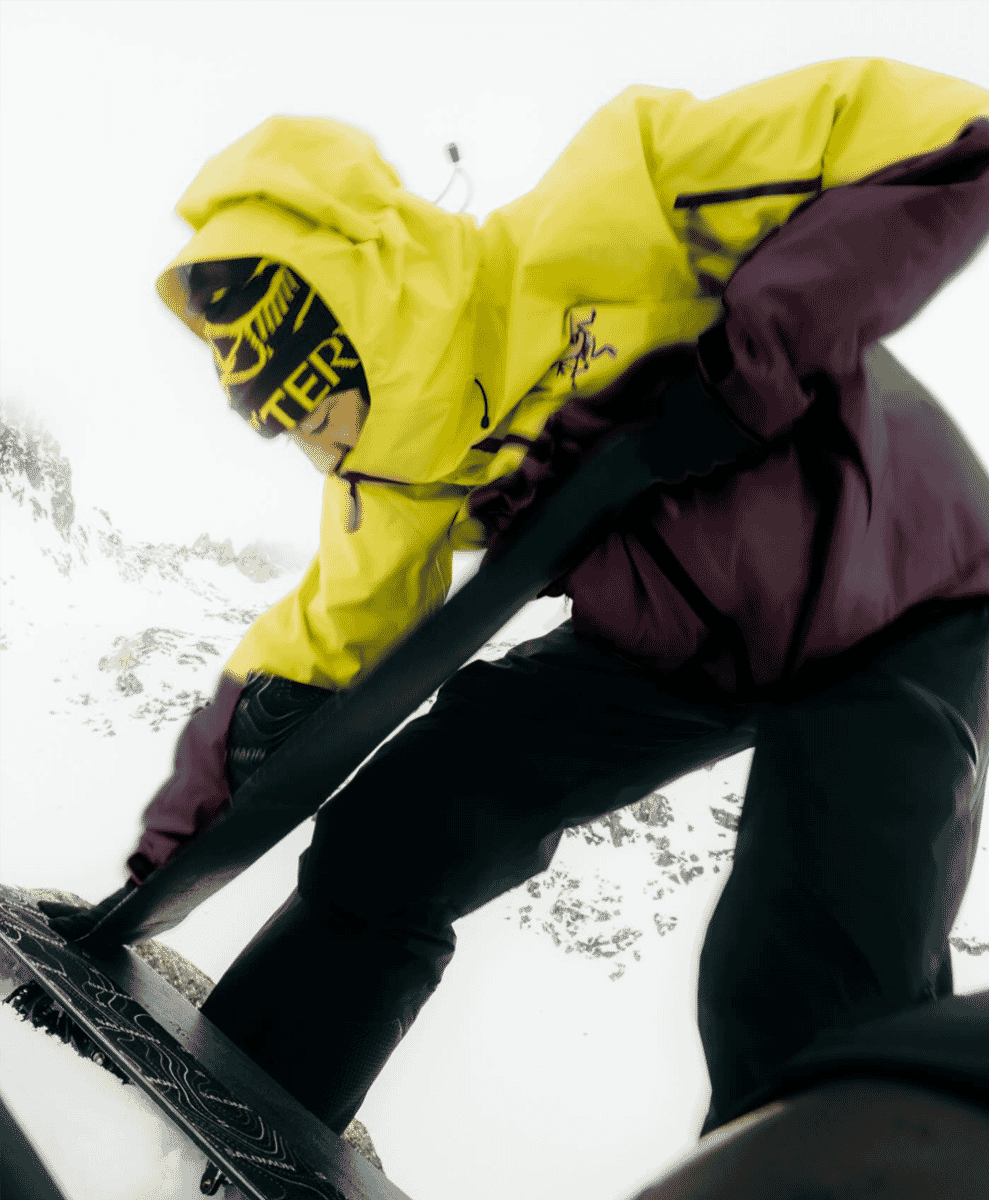
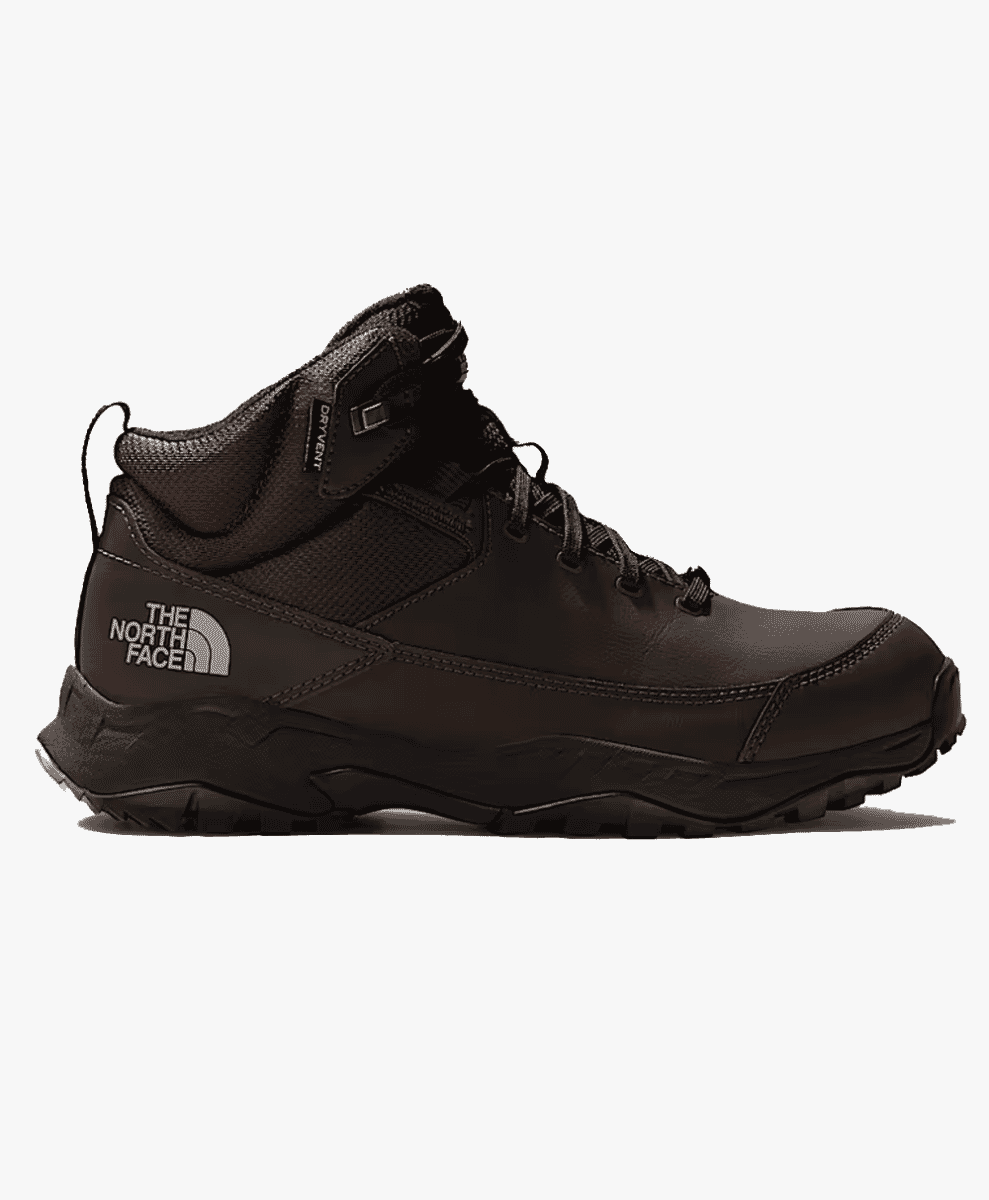
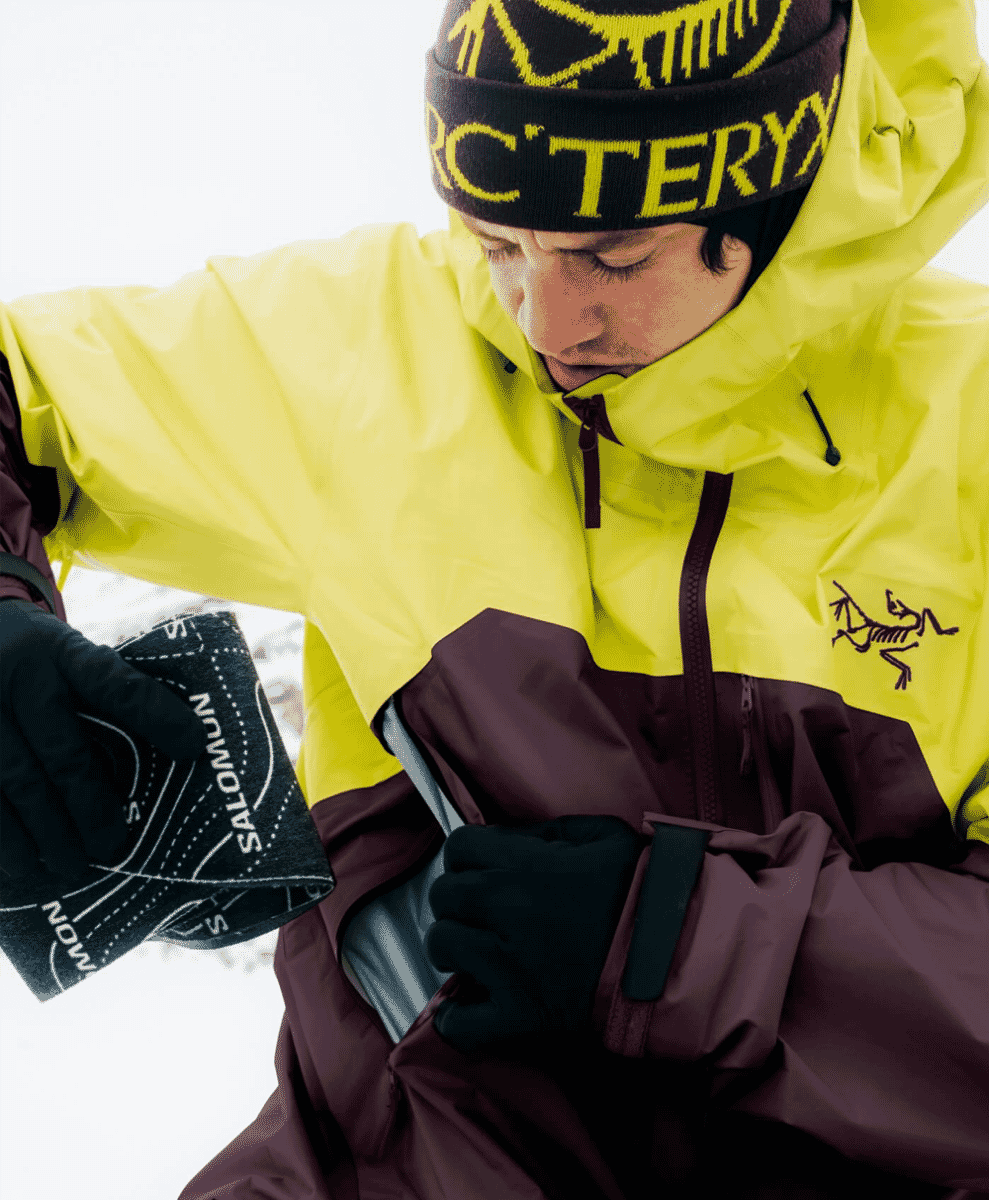
The art of layering: Dressing from the inside out
Snow dressing starts with the fundamentals: layers. Without the right foundation, even the best parka won’t save you. Think of this as your sartorial safety net – a carefully constructed system that traps warmth and keeps moisture at bay.
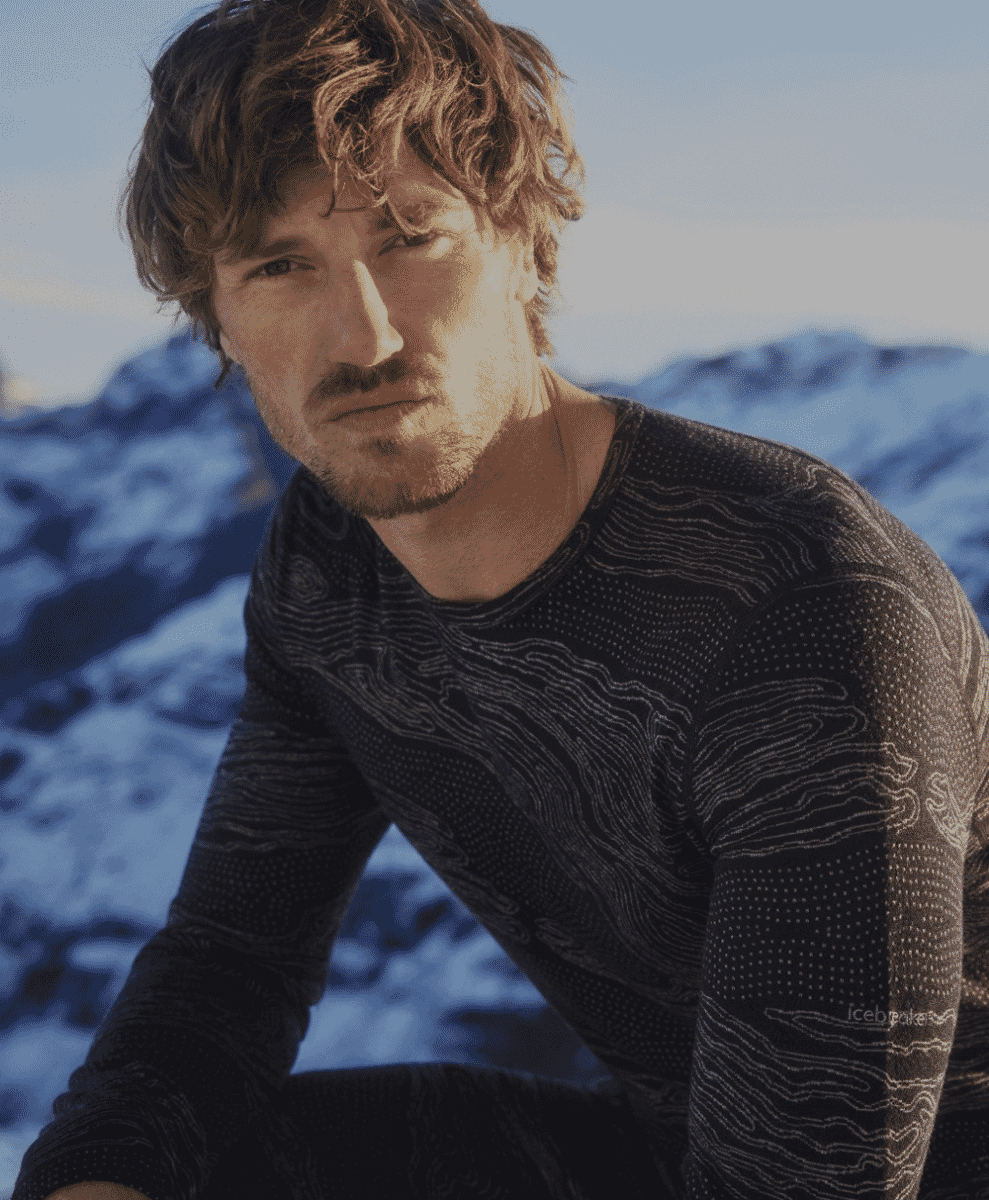
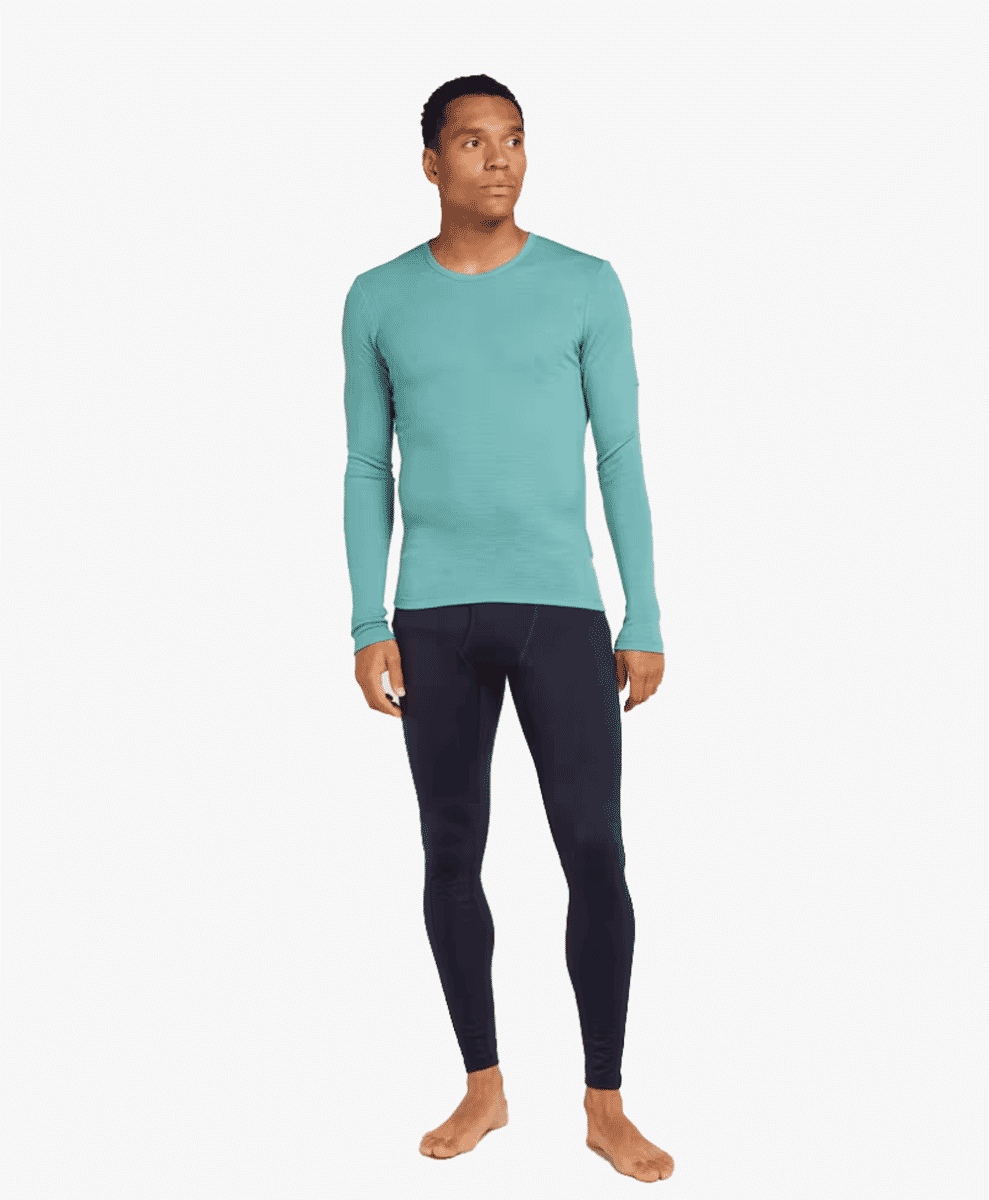

Base layer: The unsung hero
The first layer is where the magic happens. Its job? To keep you dry. Forget cotton – it soaks up sweat and freezes. Opt for fabrics like merino wool or synthetic blends that wick moisture away from your skin. Merino wool is the MVP here: lightweight, naturally odour-resistant, and warm even when damp.
Look for a snug fit, but skip anything that feels like sausage casing. Smartwool and Icebreaker do excellent versions that won’t make you feel like you’re dressing for a polar expedition.
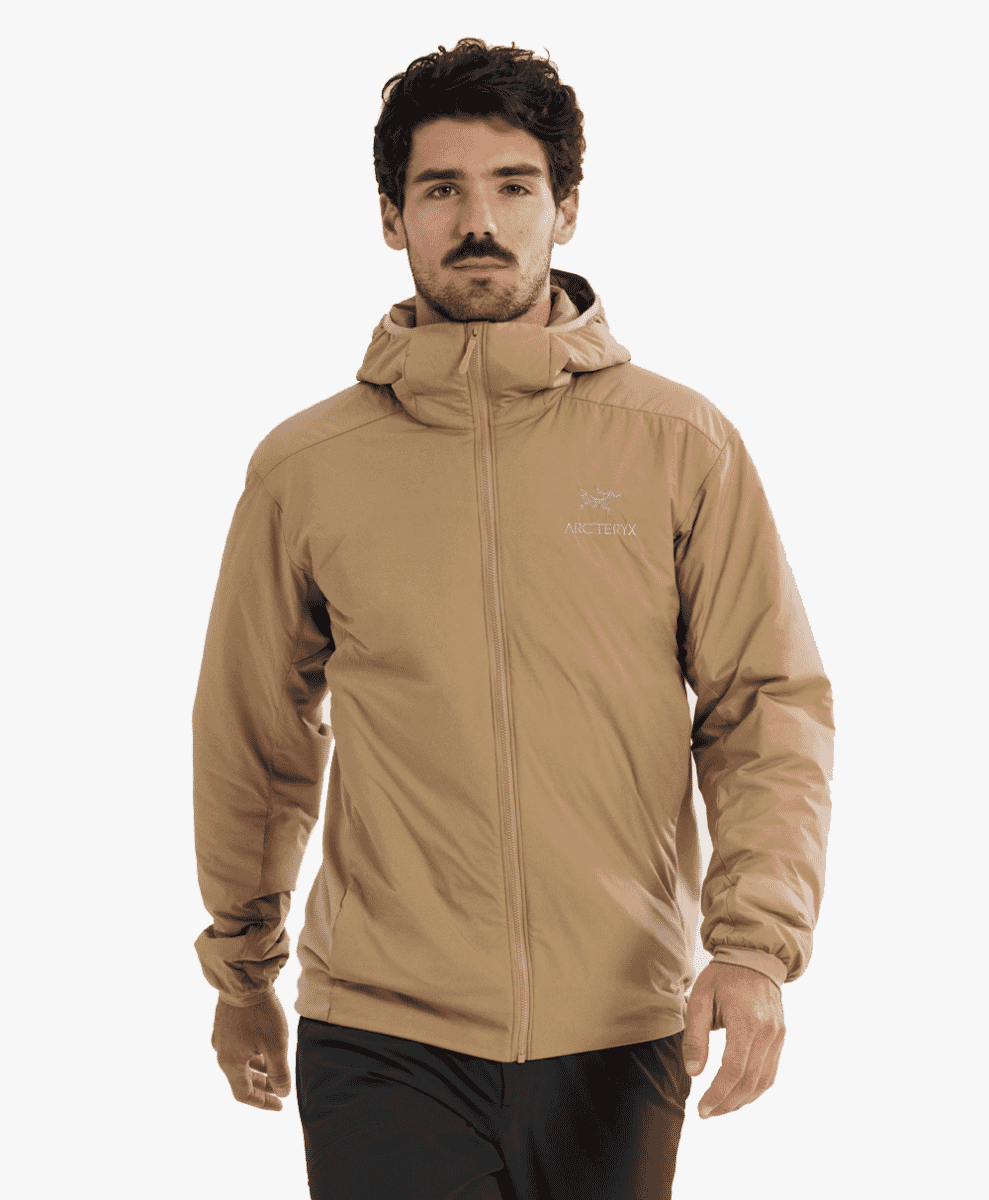
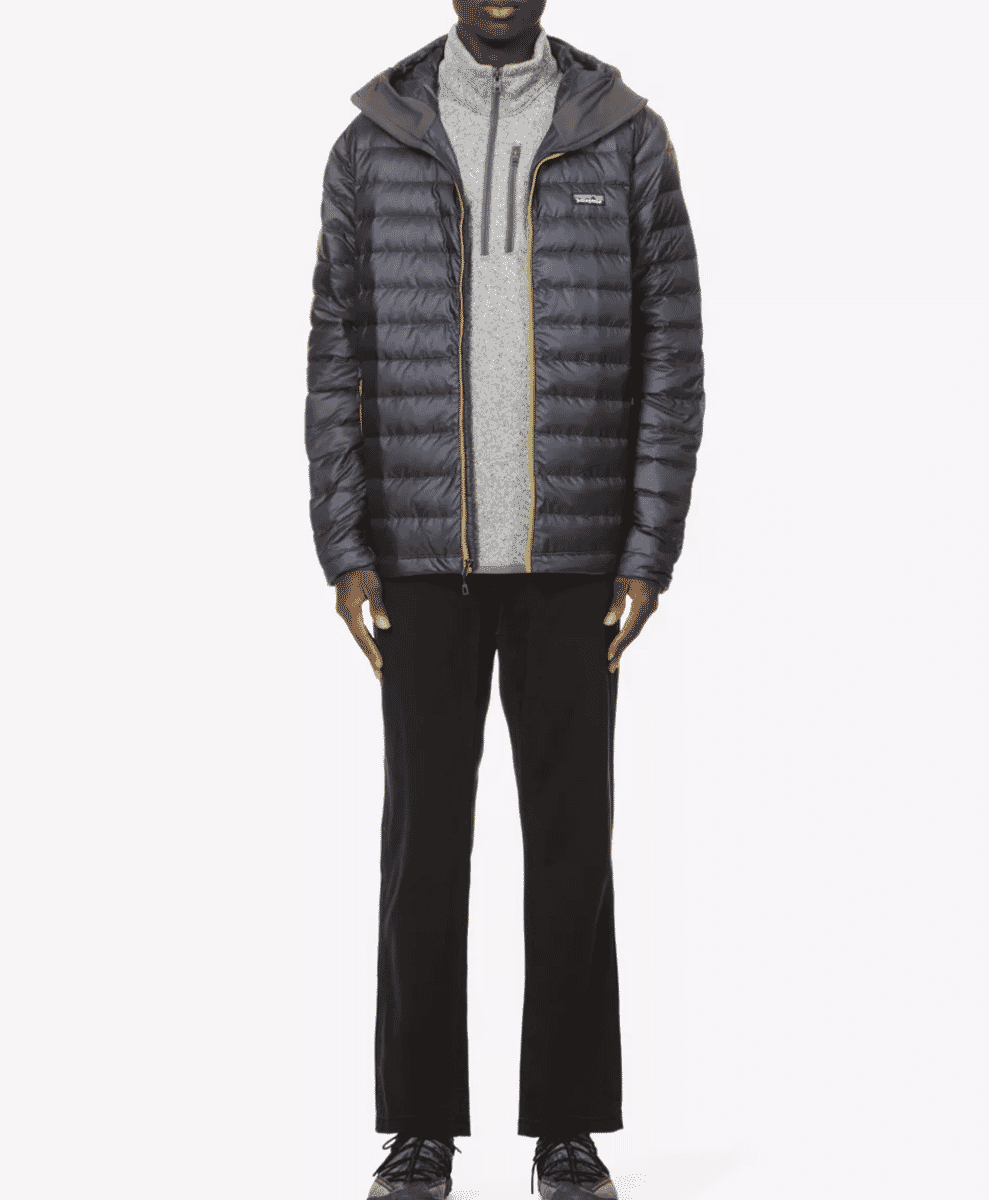
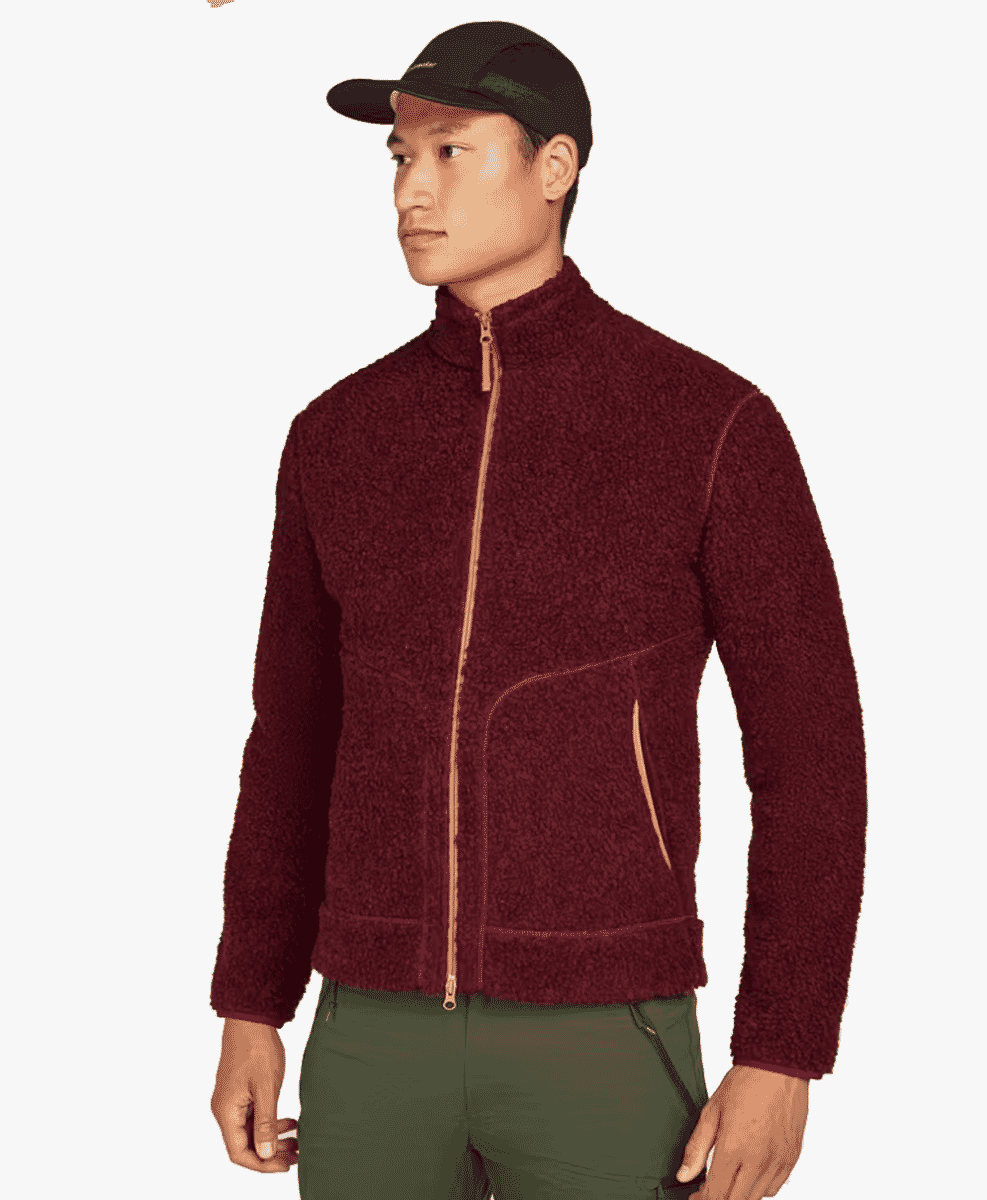
Mid layer: Where the warmth lives
Next comes the insulation. Fleece jackets, down jackets, or synthetic materials work well here, depending on the intensity of your cold-weather plans. A down gilet or a heavyweight fleece sweater is perfect for layering under a jacket without adding bulk. Patagonia’s Better Sweater or a lightweight Arc’teryx Atom jacket hits the mark between function and style.
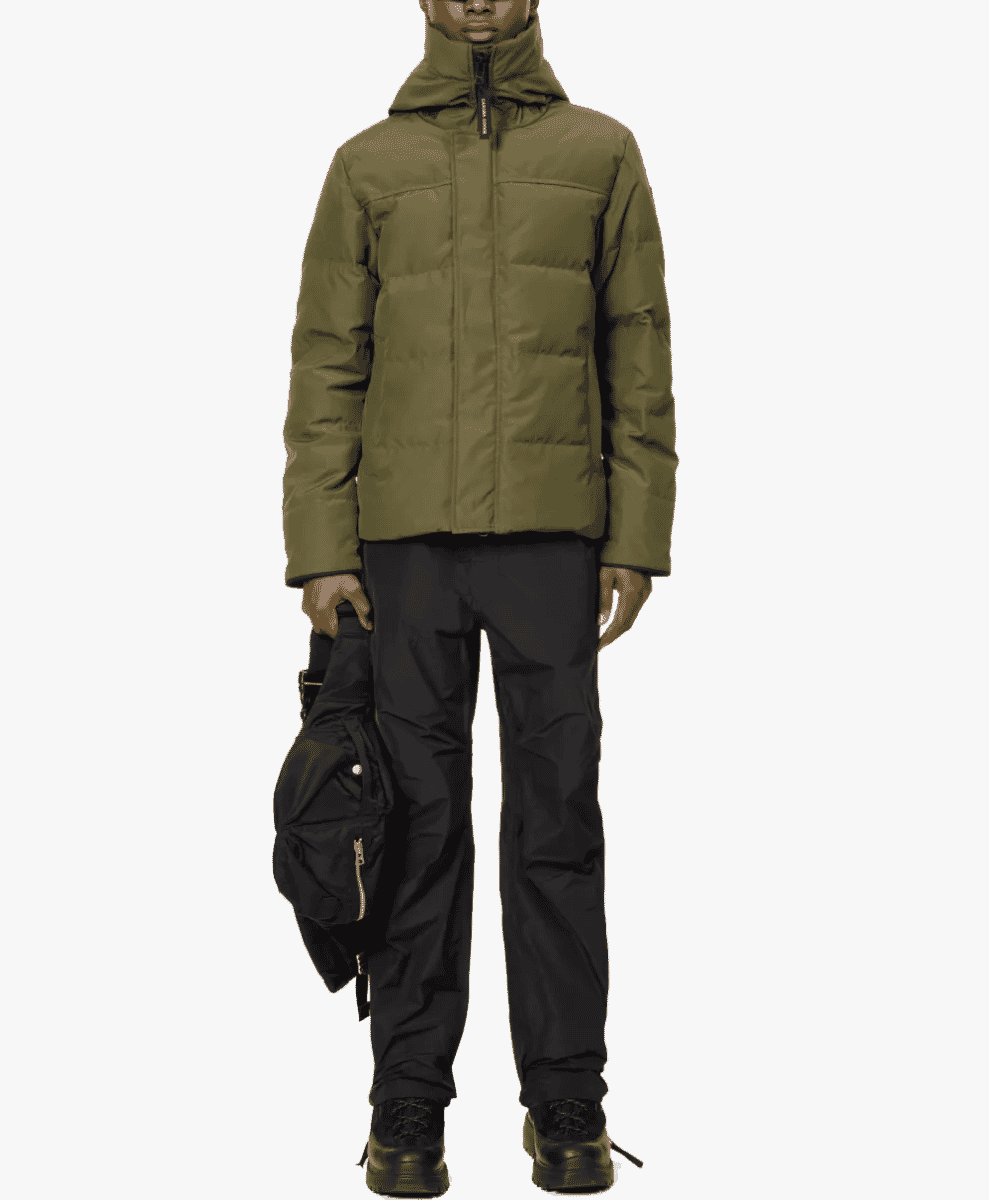
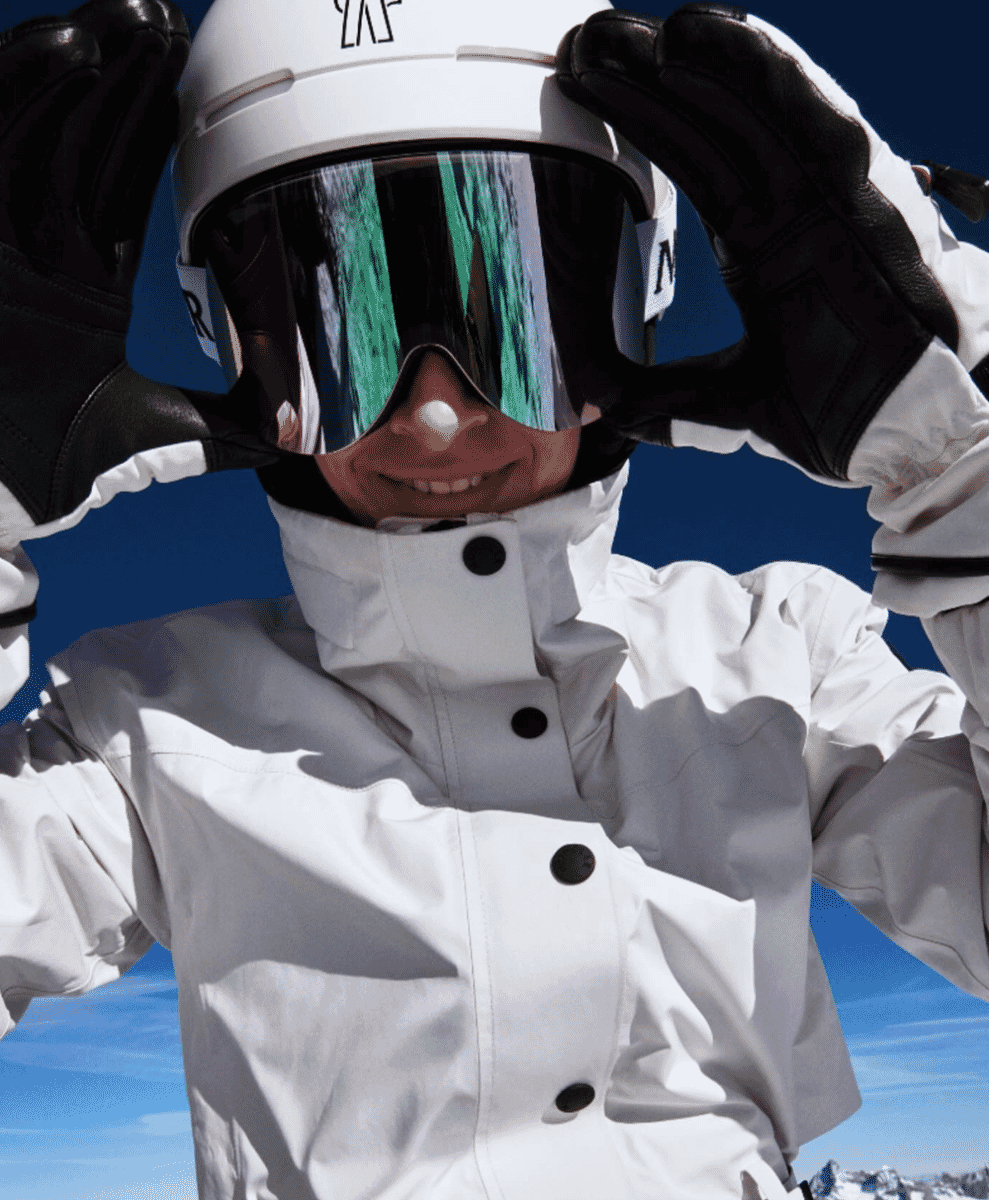
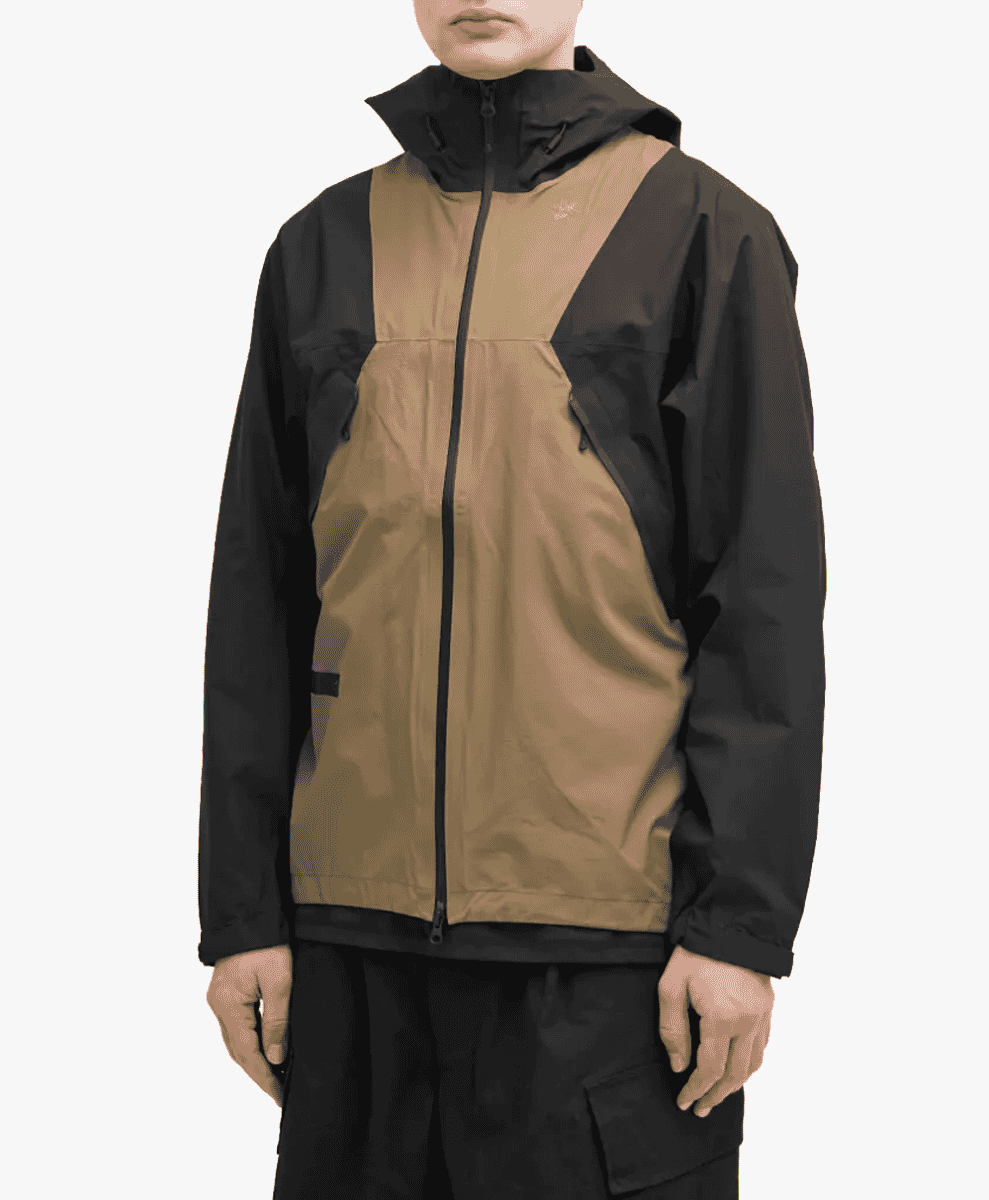
Outer layer: The shield
Finally, your outer layer is your armour against snow, wind, and everything else Mother Nature throws at you. This is where waterproofing and windproofing are non-negotiable. A high-quality shell jacket or parka – think Gore-Tex or similar technology – will keep the wet out while allowing your body to breathe. Moncler and Canada Goose might have the clout points among certain demographics, but brands like Goldwin and Ten C offer all the warmth without the obnoxious branding.
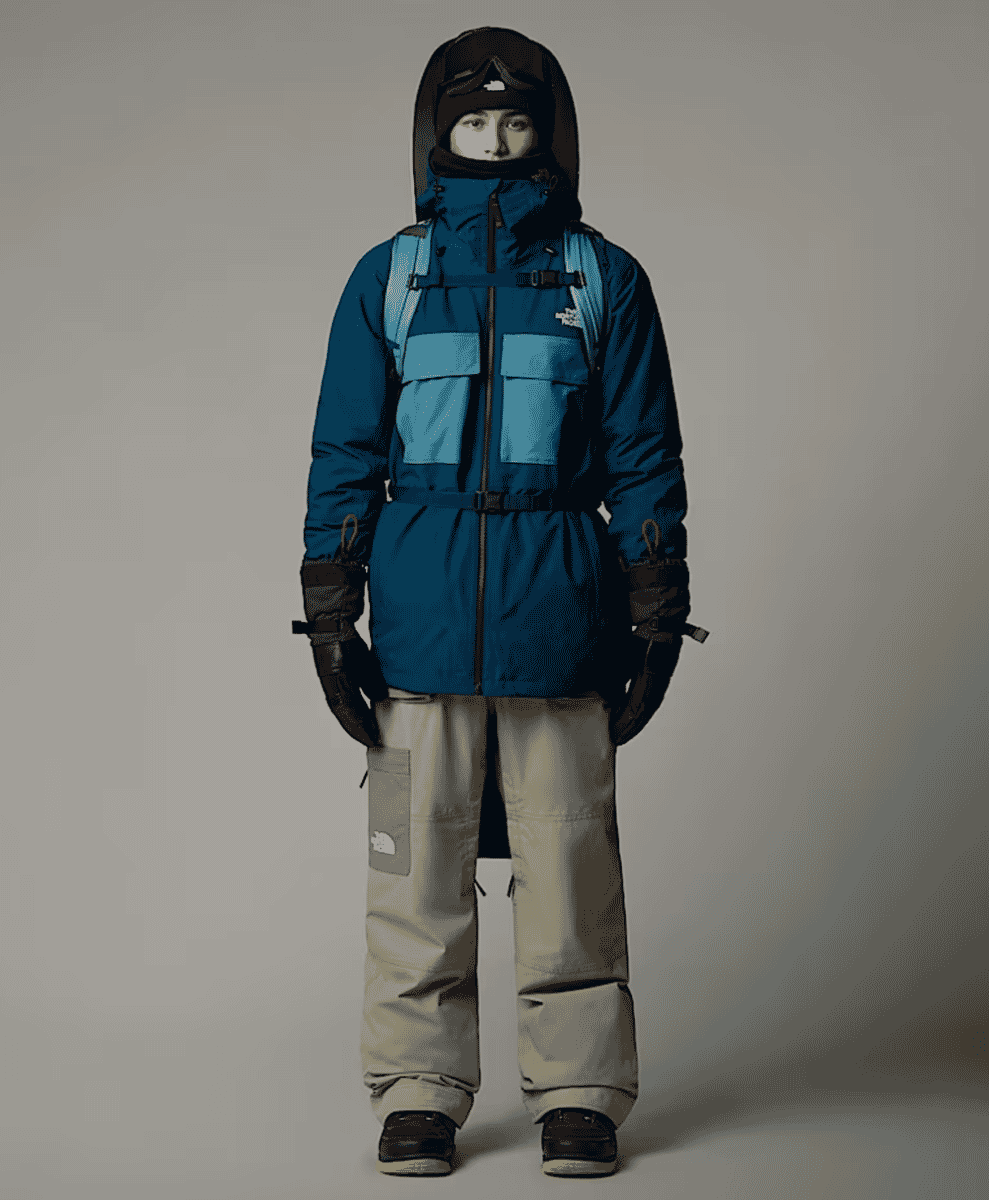
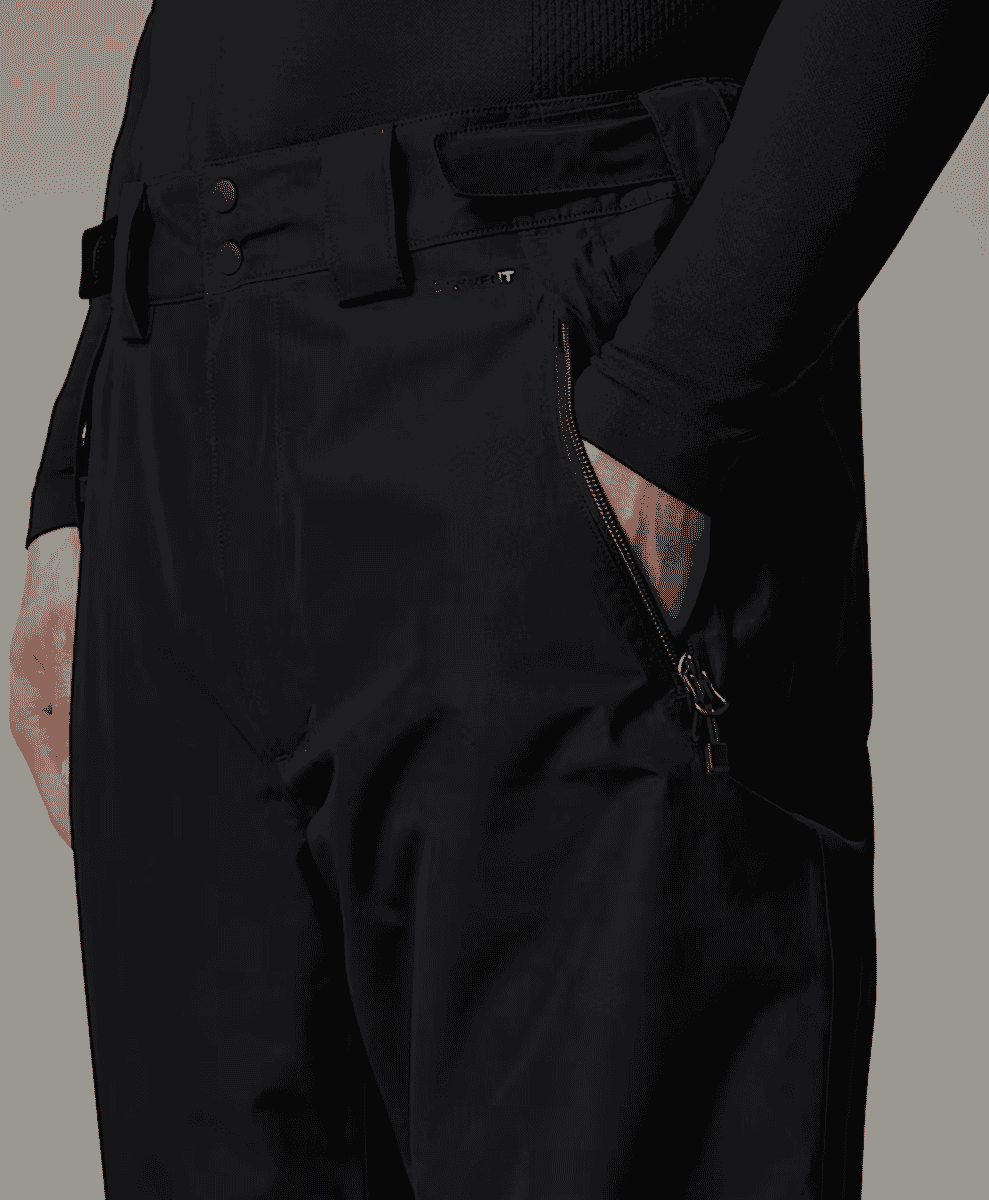
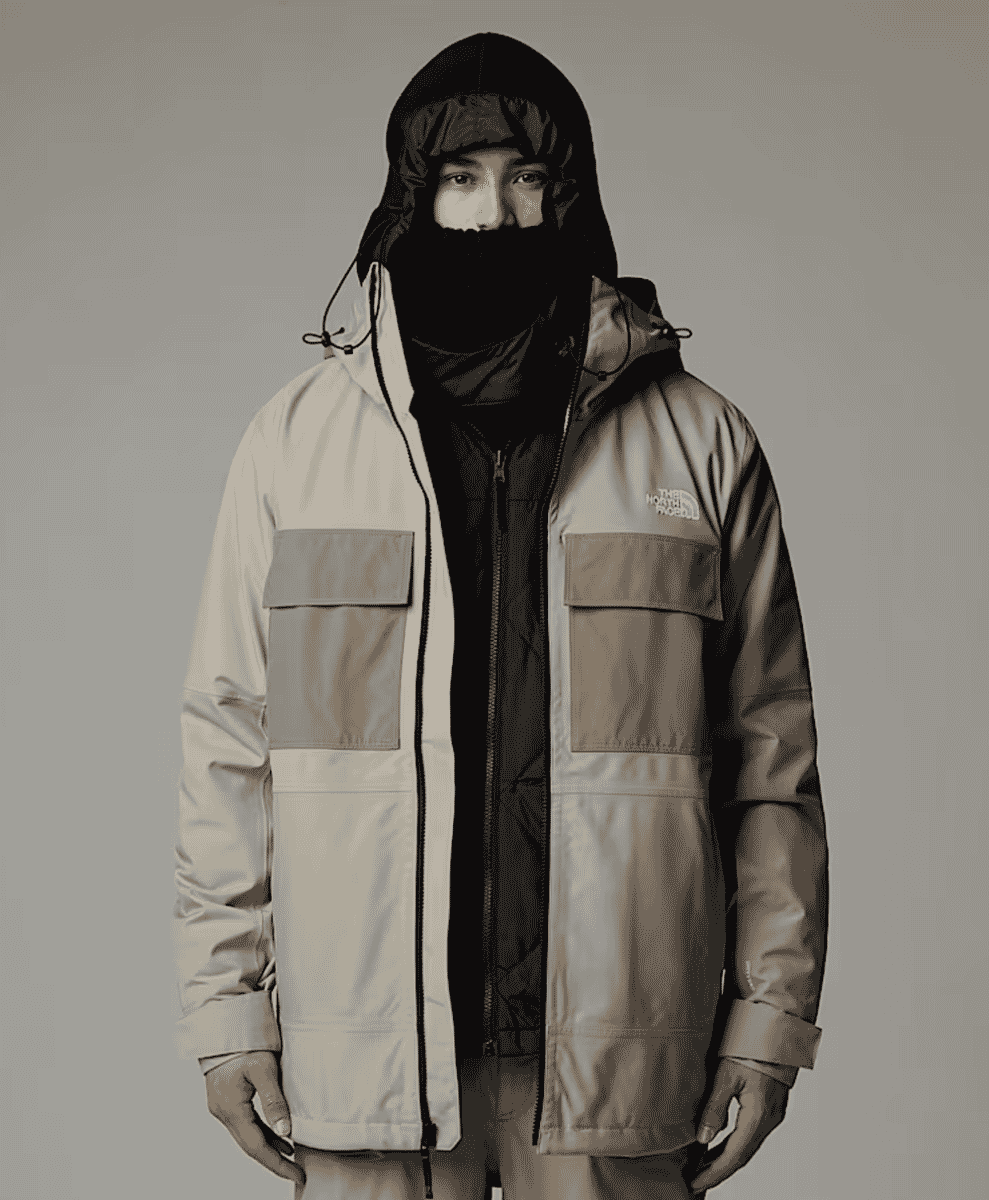
The snow survival wardrobe
Dressing for the snow isn’t just about jackets and boots – every detail matters. Let’s break down the essentials.
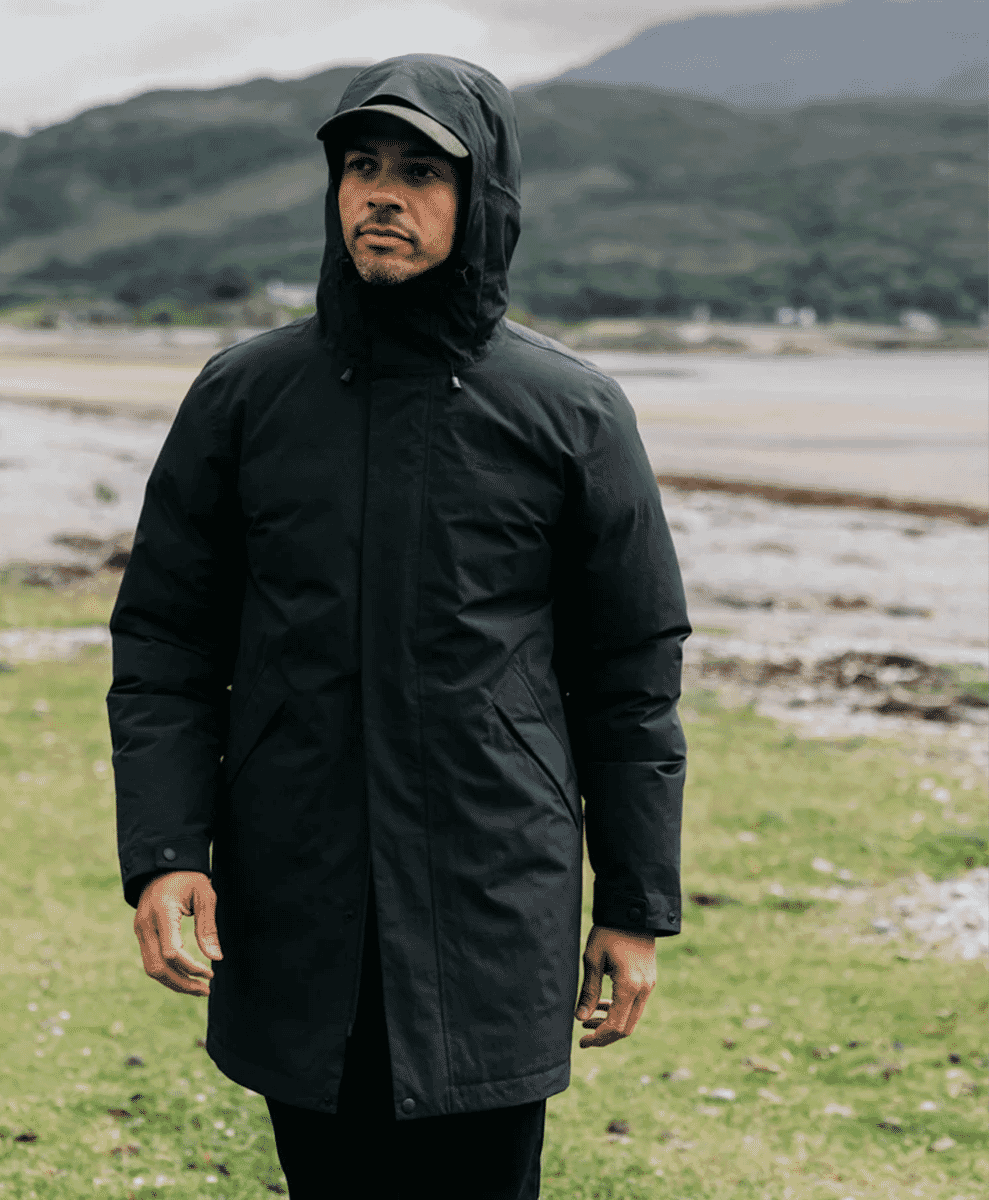
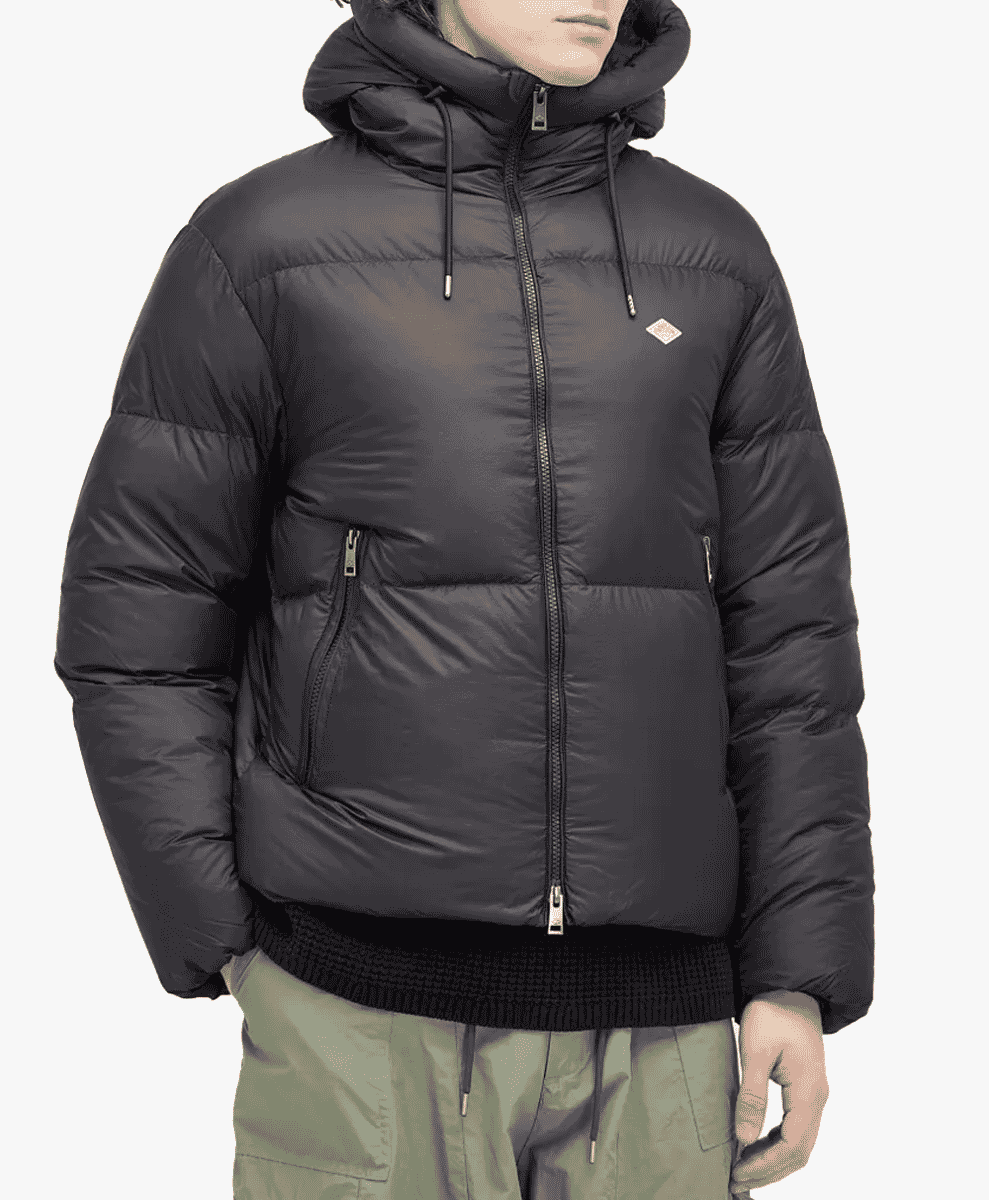
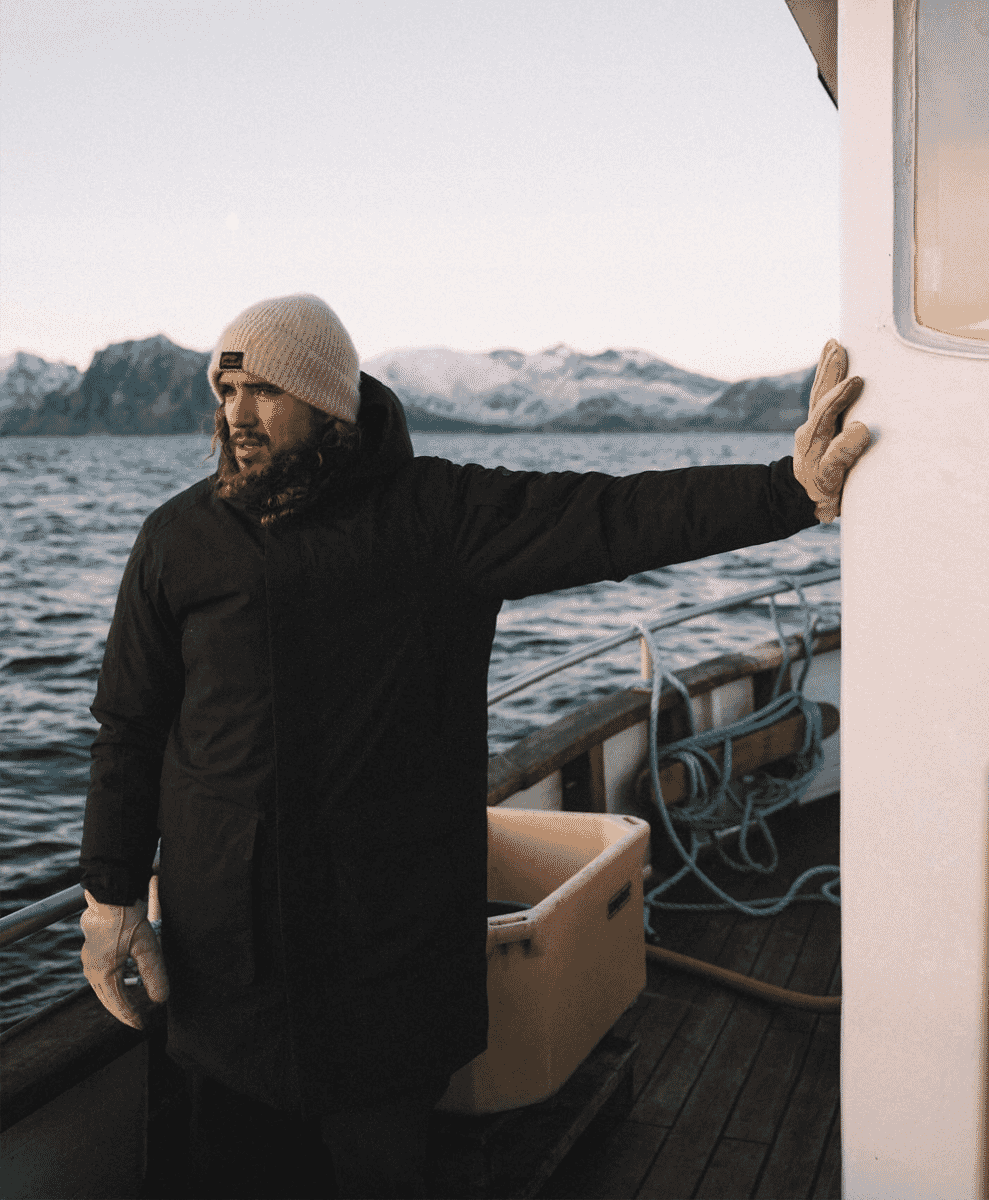
Outerwear
Your jacket is the most visible part of your outfit, so make it count. Look for something insulated, waterproof, and equipped with practical features like sealed seams, adjustable hoods, and inner pockets for your gloves and phone. A classic parka balances warmth and style effortlessly.
If you prefer something less bulky, a down-filled puffer can work wonders. Look to brands such as Danton and Taion for streamlined casual options that won’t make you look like the Michelin Man.
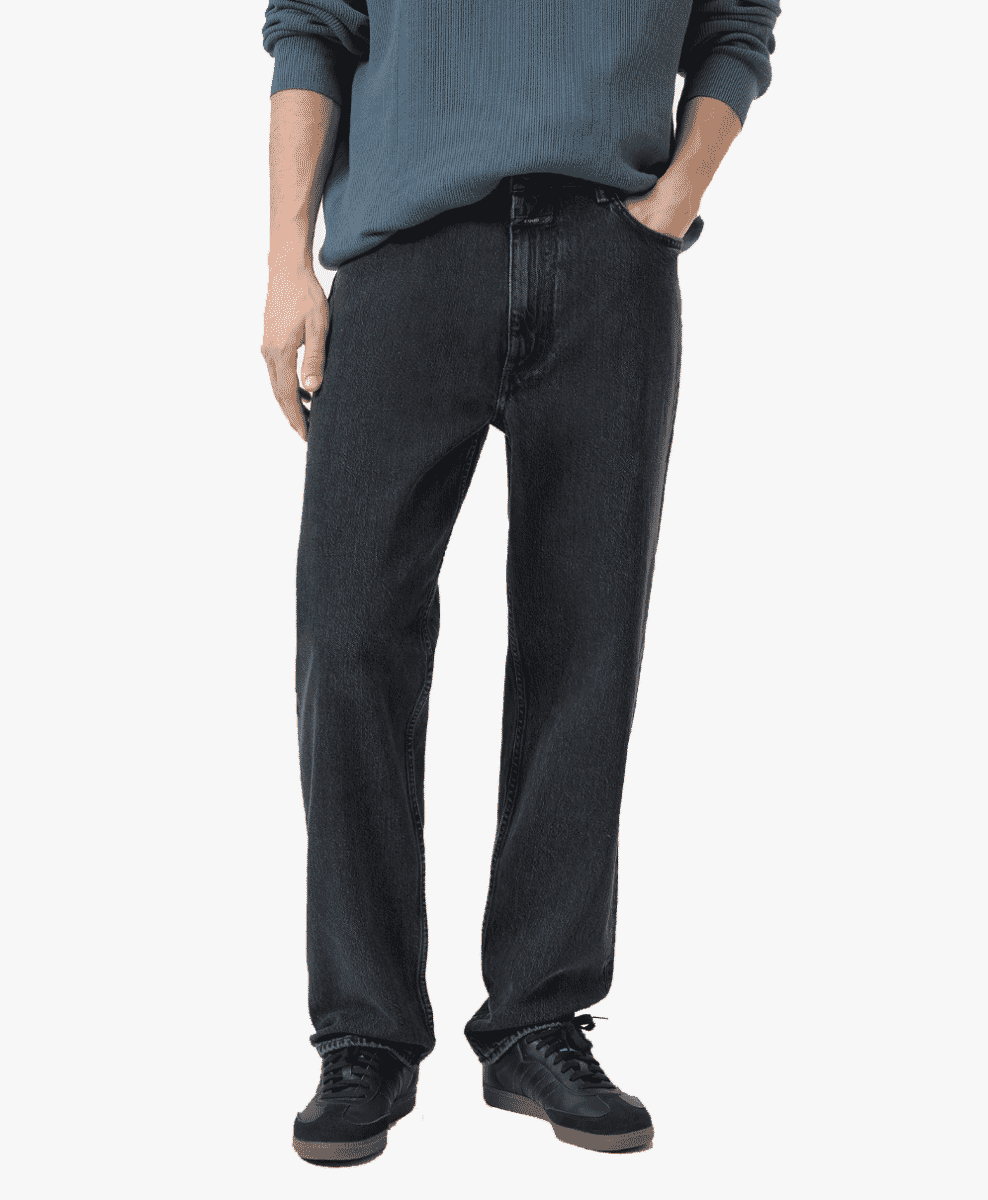
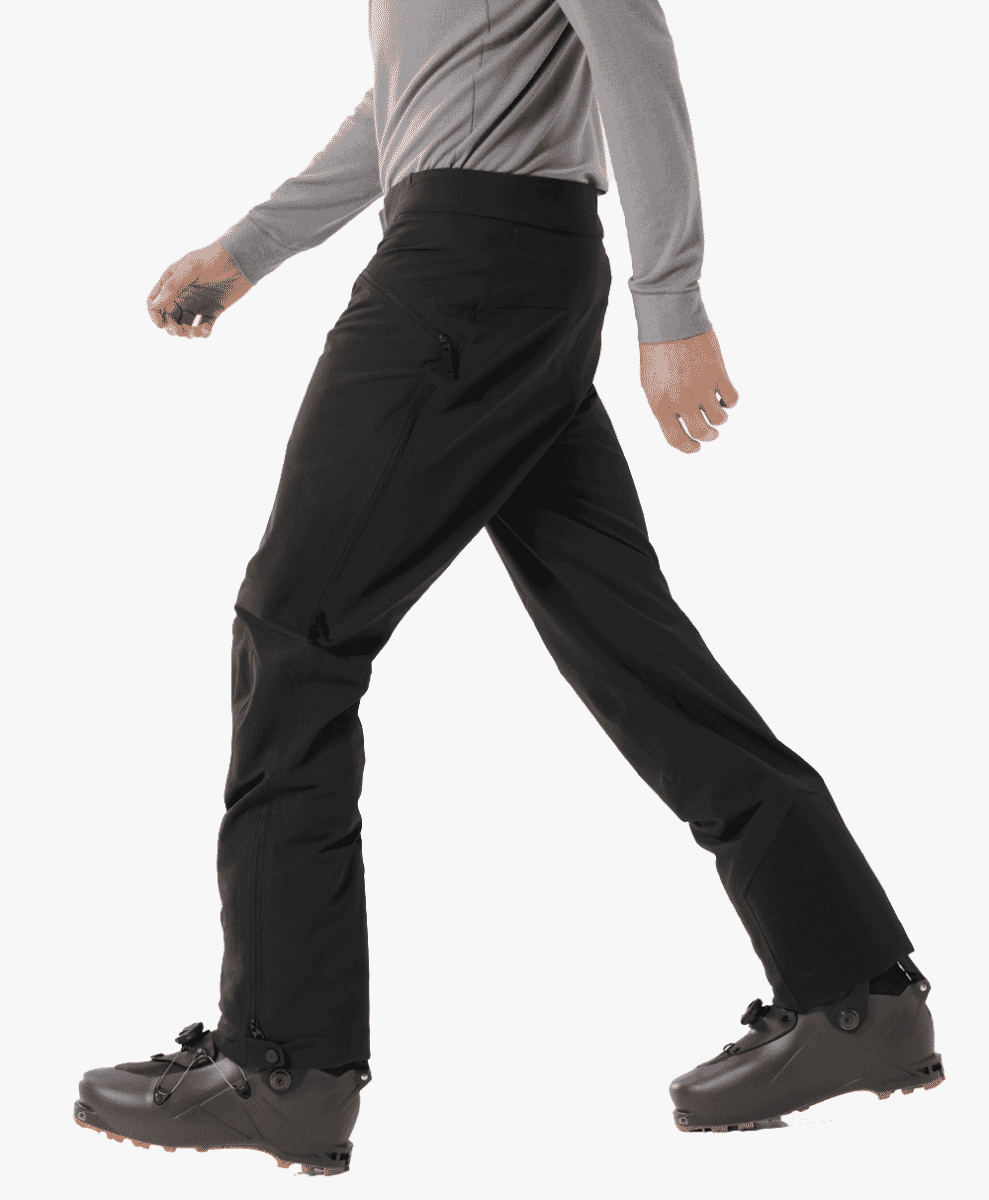
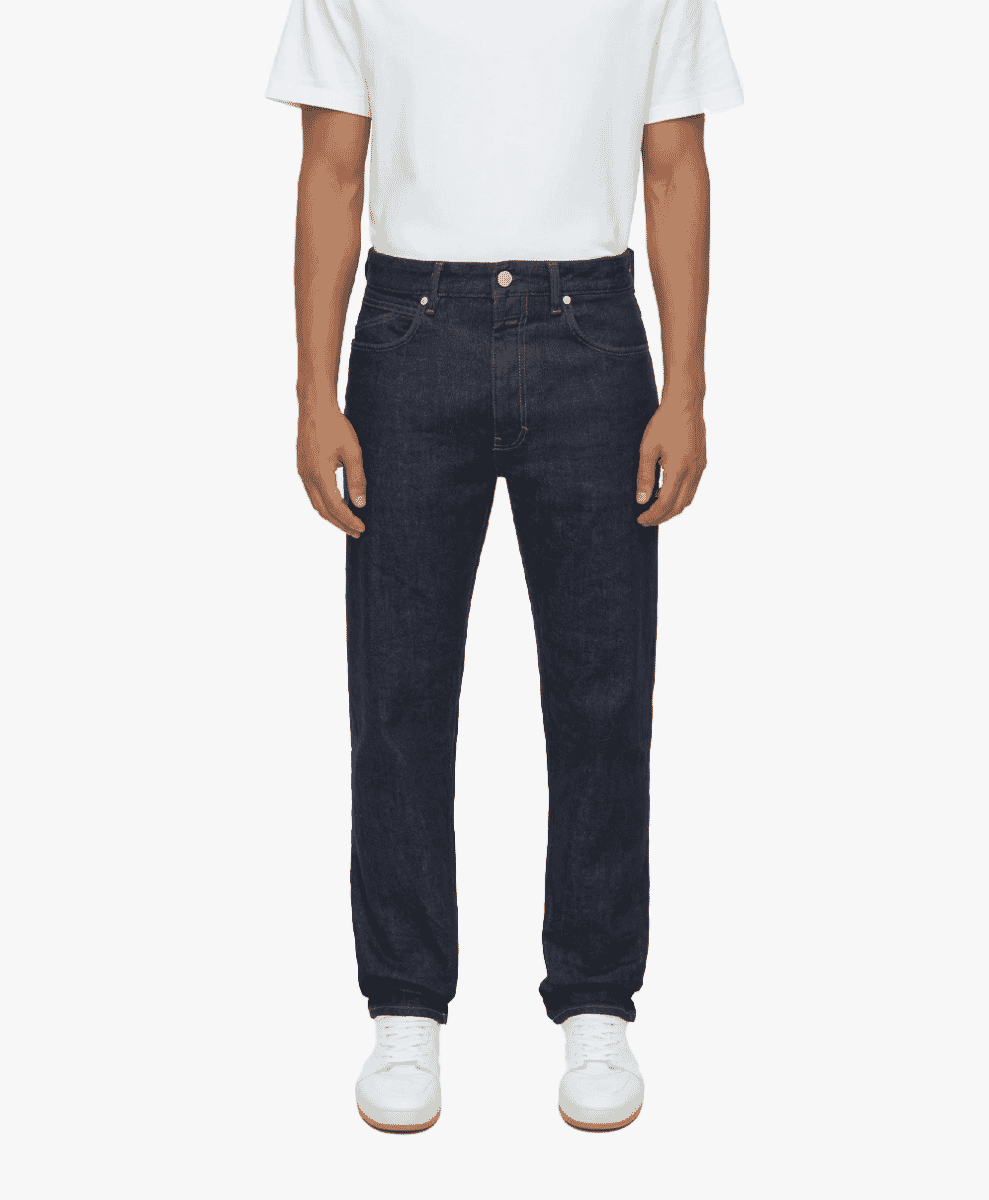
Trousers
While many men focus on jackets, trousers are just as crucial in snow. Insulated snow pants are the go-to for active days in deep powder, but if you’re in a city heavyweight jeans can do the job.
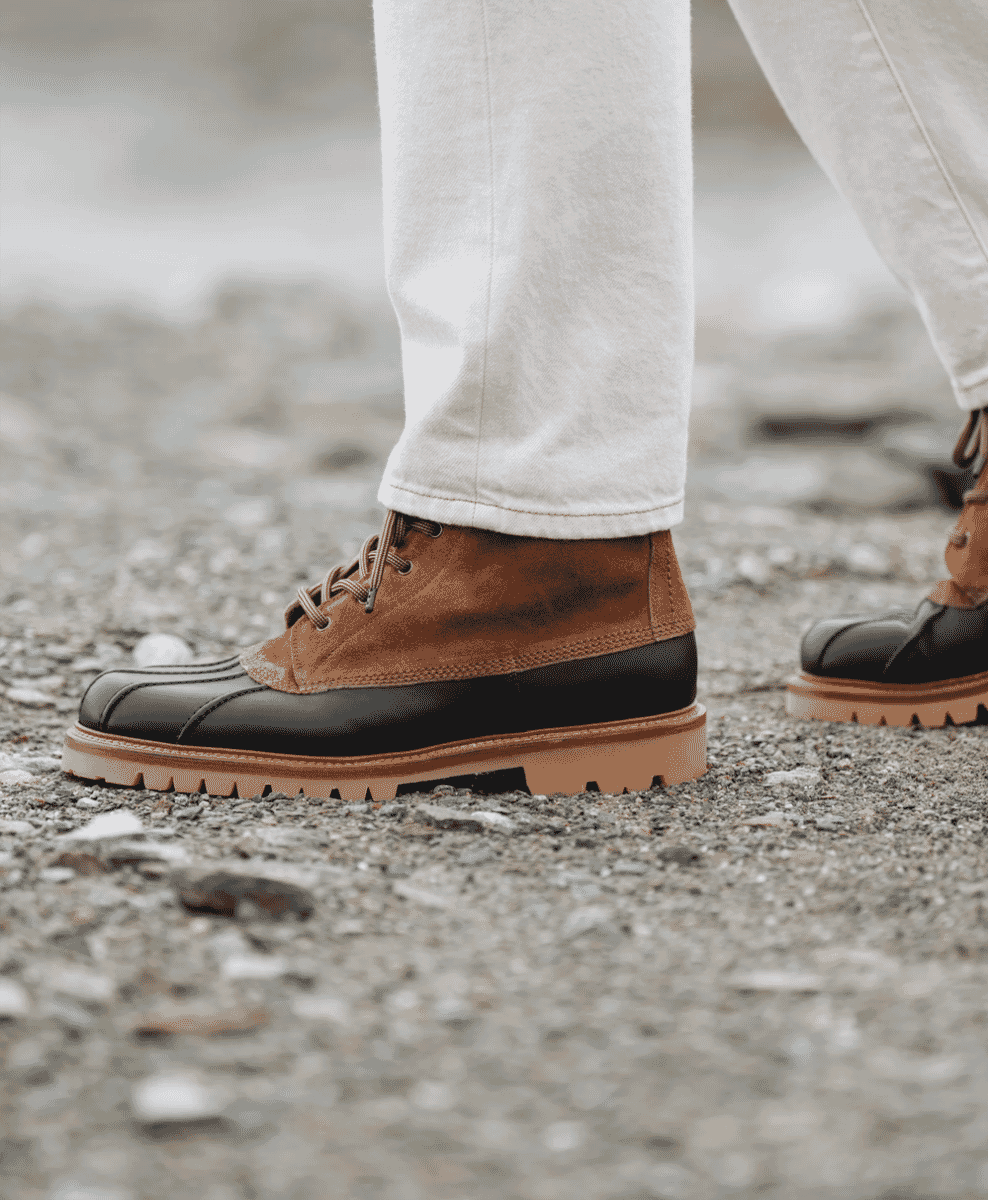
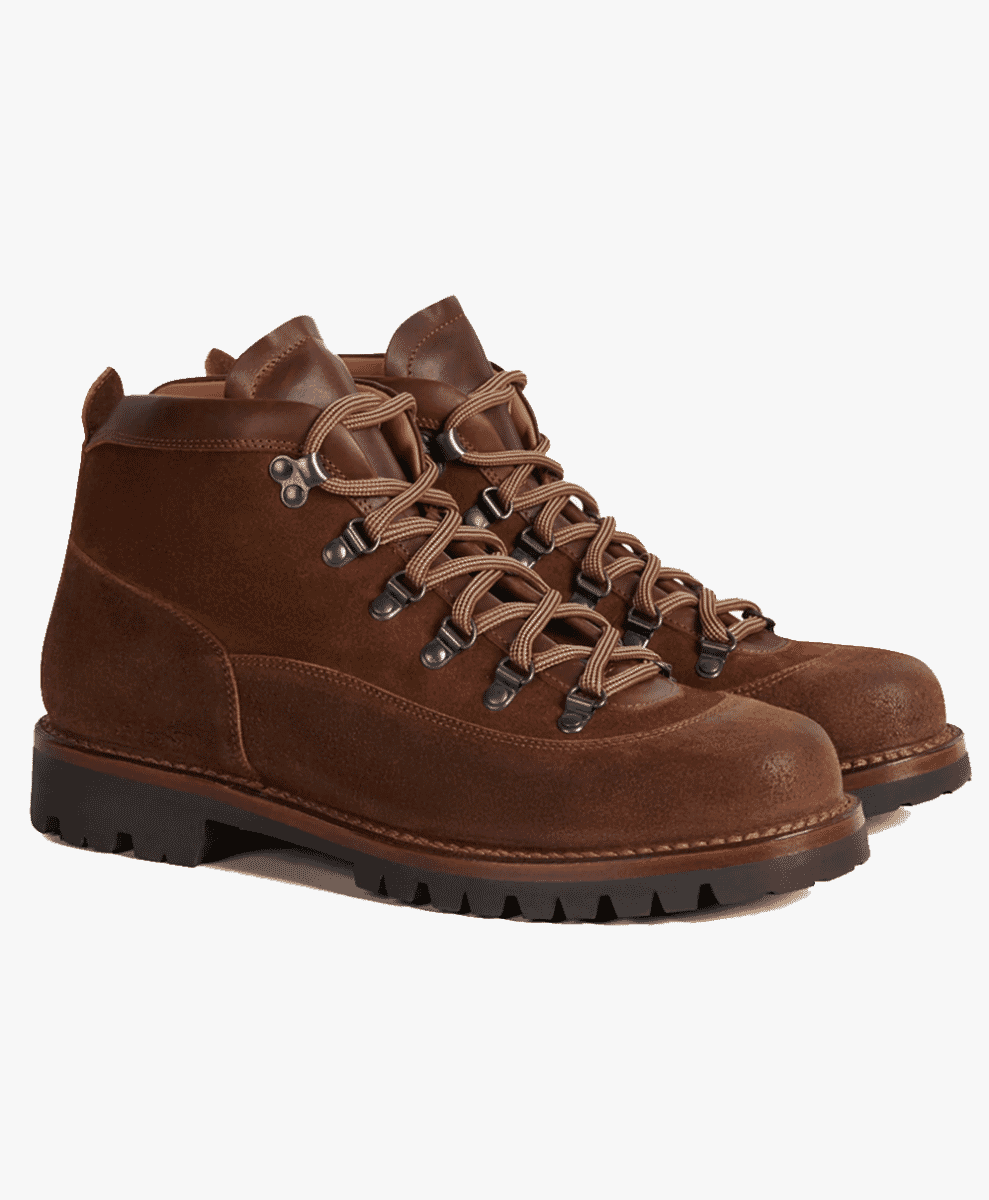

Footwear
When it comes to snow, good boots can mean the difference between striding confidently and sliding like Bambi on ice. Go for waterproof, insulated options with solid grip. Danner’s Mountain Light boots have the rugged charm of a classic hiking boot but with the technical features to keep your feet dry and warm. Velasca’s Alpine boots offer a more refined take, ideal for snow-covered city streets.
Whatever you choose, make sure your soles have proper traction. Vibram soles are a reliable bet. Pair them with thick wool socks for maximum comfort and warmth.
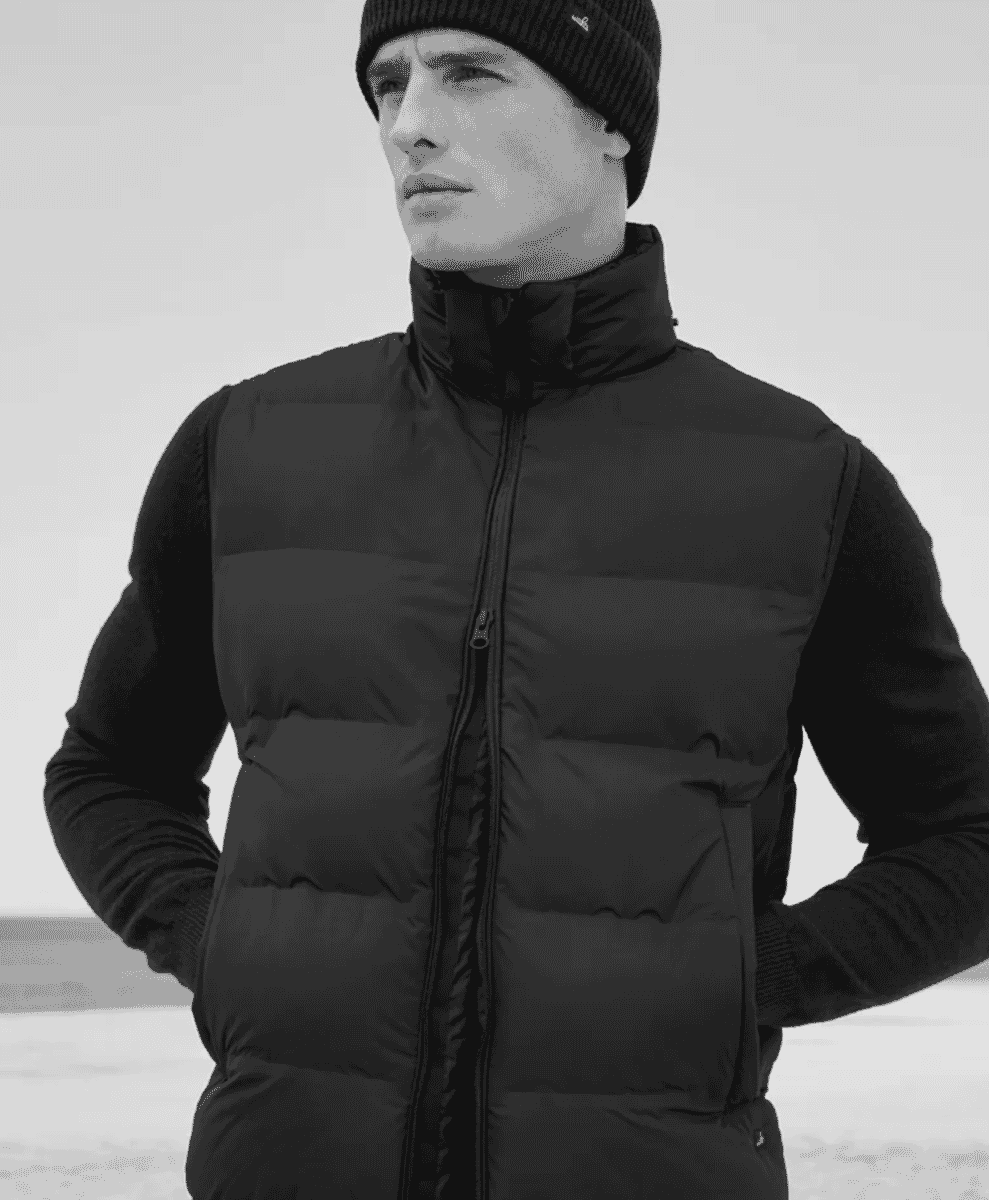
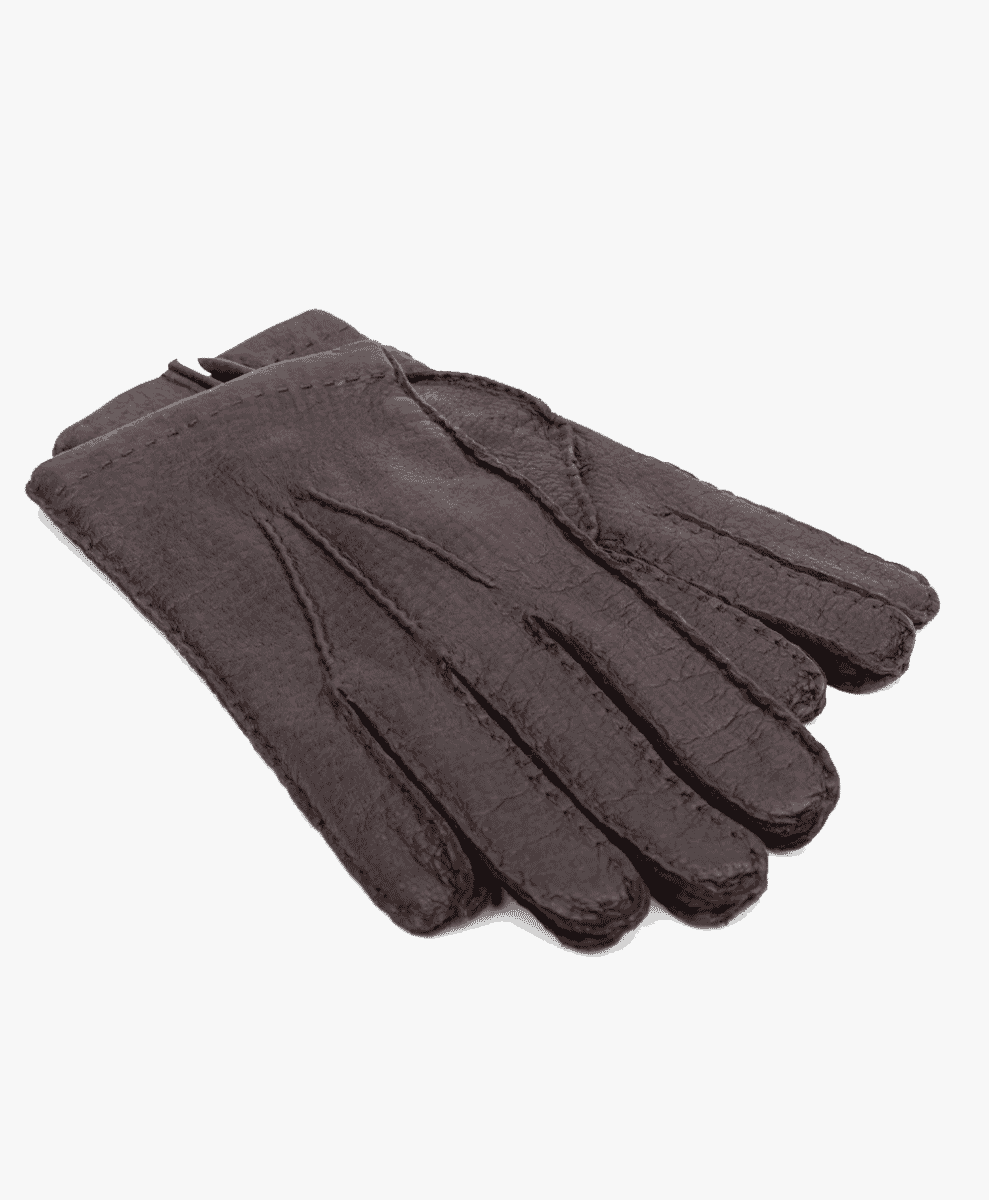

The finishing touches
Accessories in the snow are non-negotiable – they’re the difference between looking prepared and freezing your fingers off.
A good hat is non-negotiable. Stick with natural fibres like wool or cashmere for warmth. Ribbed beanies from WAHTS or Norse Projects strike the perfect balance between utility and effortless style. For extreme cold, a balaclava or fleece-lined trapper hat ensures you won’t lose heat through your head.
Your gloves need to be functional without looking like you borrowed them from your dad’s ski drawer. Leather gloves with a cashmere lining – like those from Hestra or Dalgado – offer warmth without compromising style. For tech-savvy options, look for touchscreen-friendly designs that let you check your phone without risking frostbite.
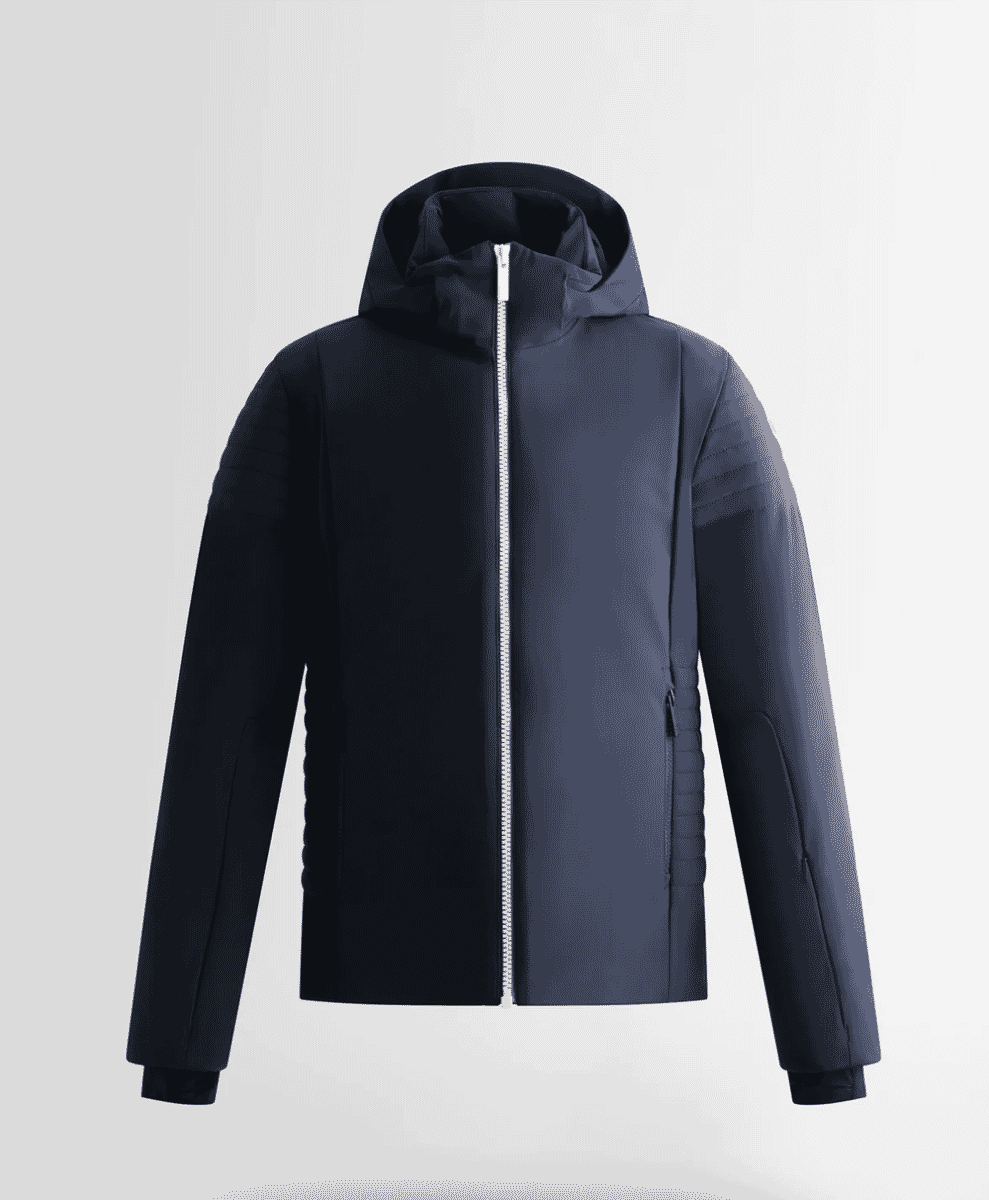
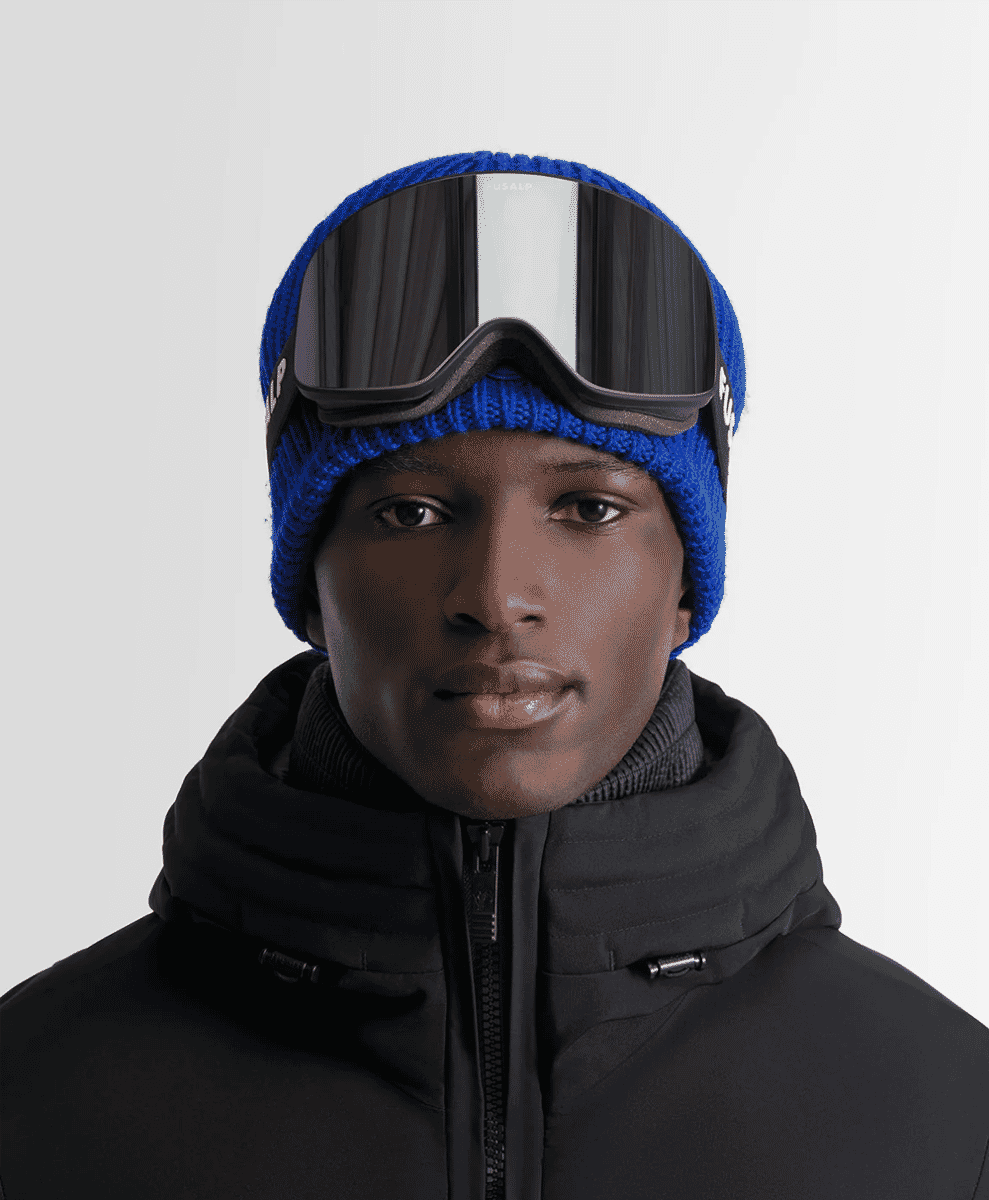
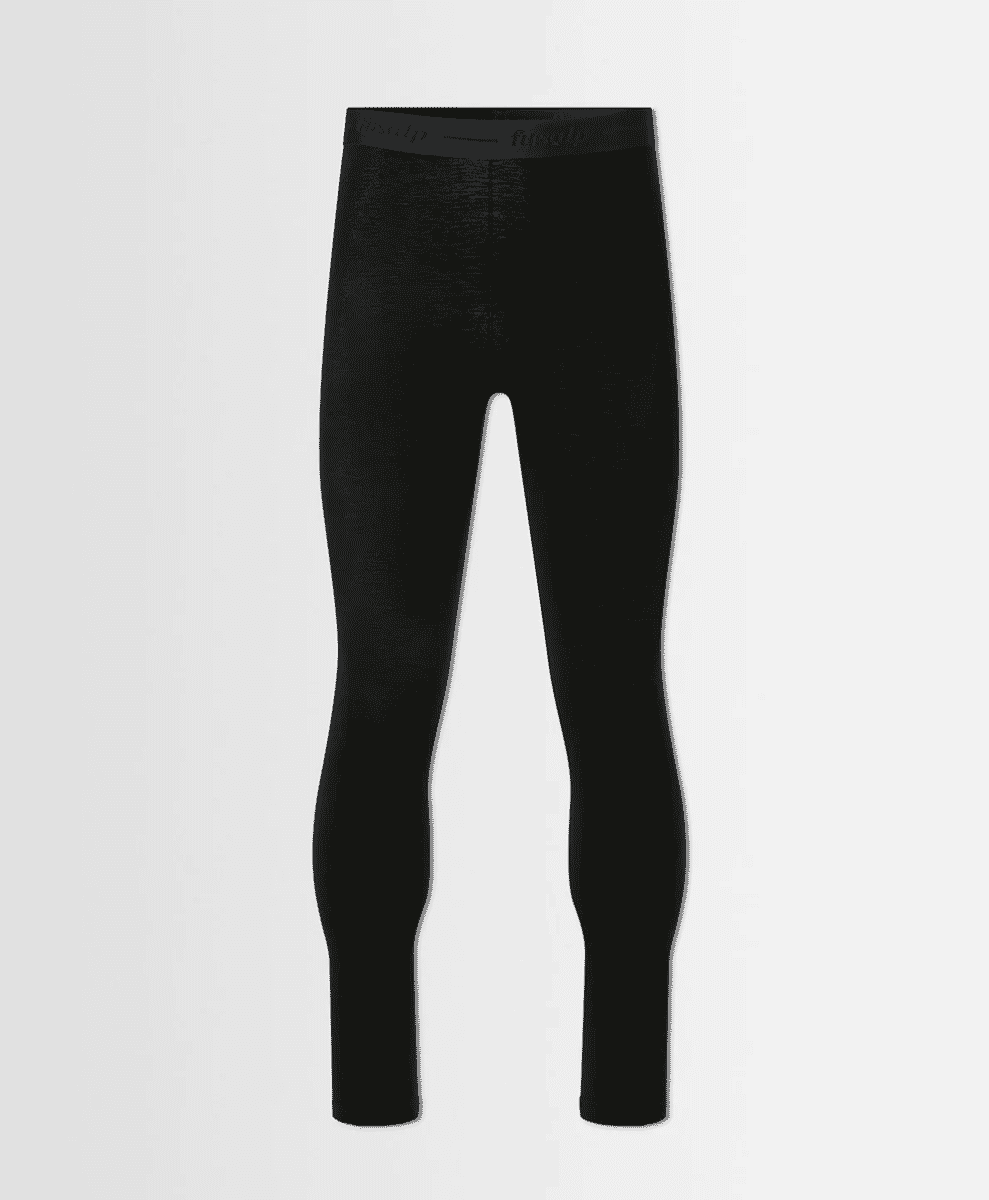
Styling tips for the snow
Snow dressing doesn’t mean abandoning good style. The trick is to blend practicality with sharp design. Stick to a neutral colour palette – blacks, greys, navy, and earth tones are your best friends here. They look sophisticated, hide dirt, and are easy to mix and match.
If you’re feeling adventurous, add a pop of colour with your hat or gloves, but keep it subtle. Bright red beanie? Great. Fluorescent ski suit? Not so much. As for brands, opt for ones that marry performance with aesthetics.
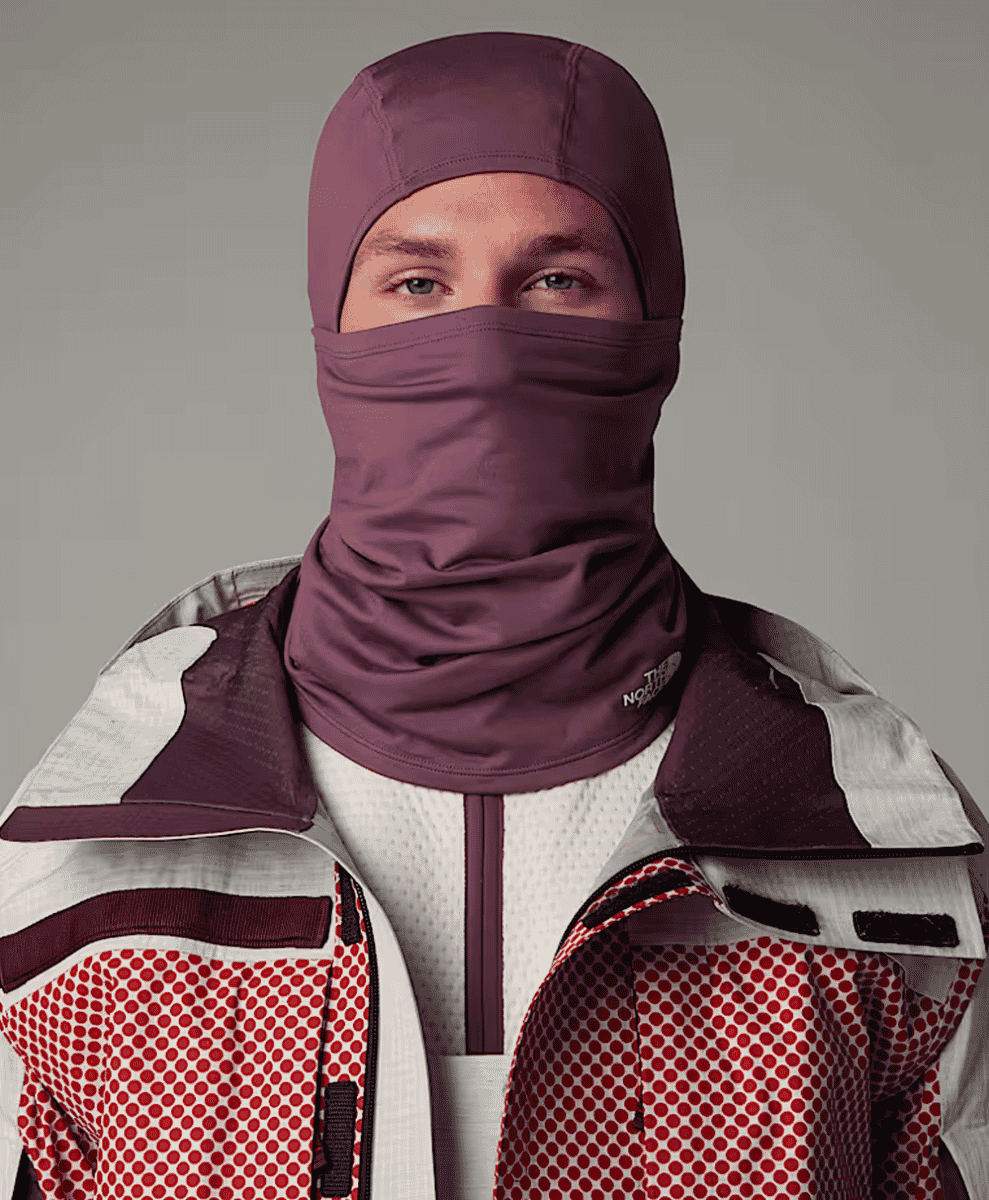
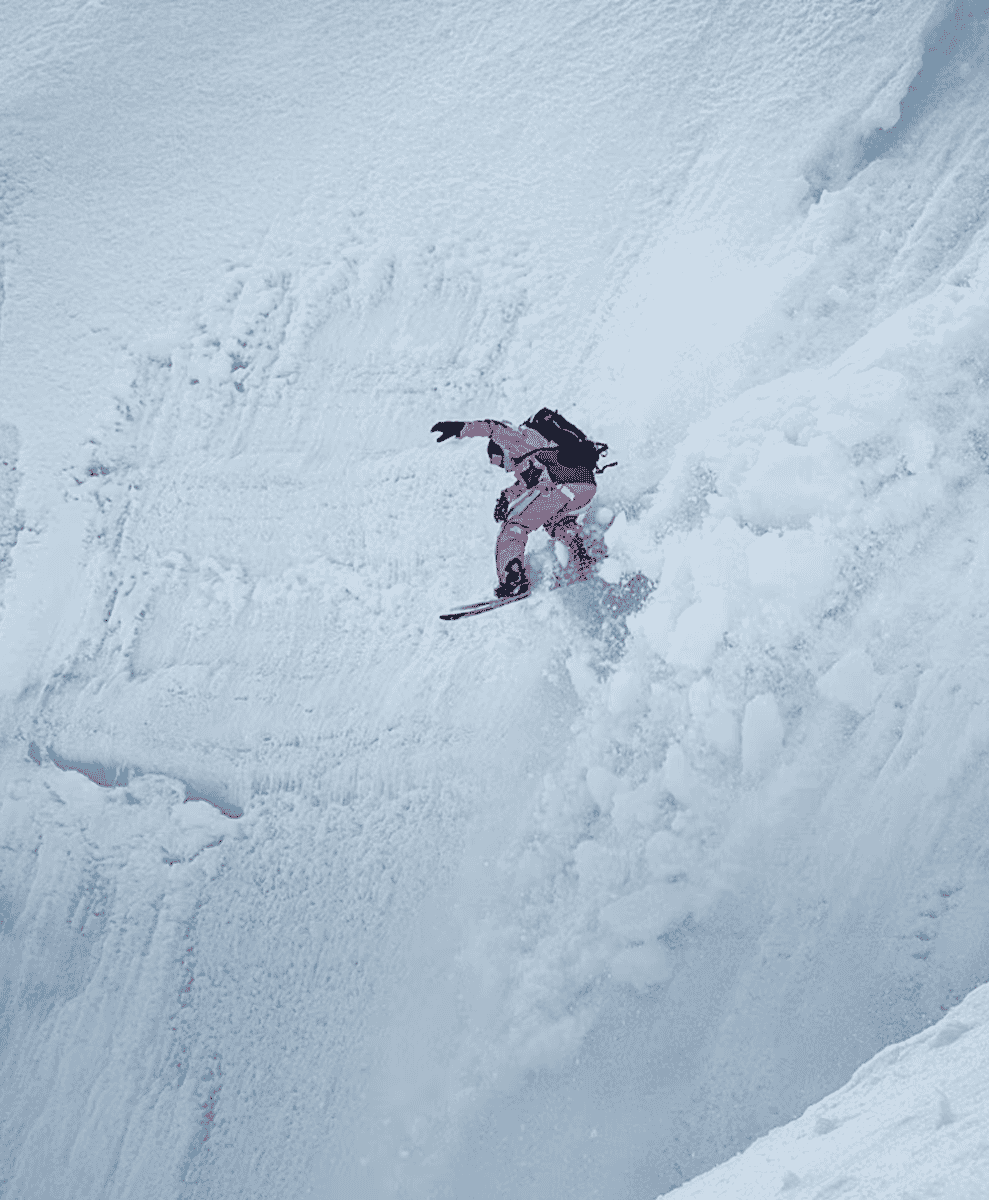
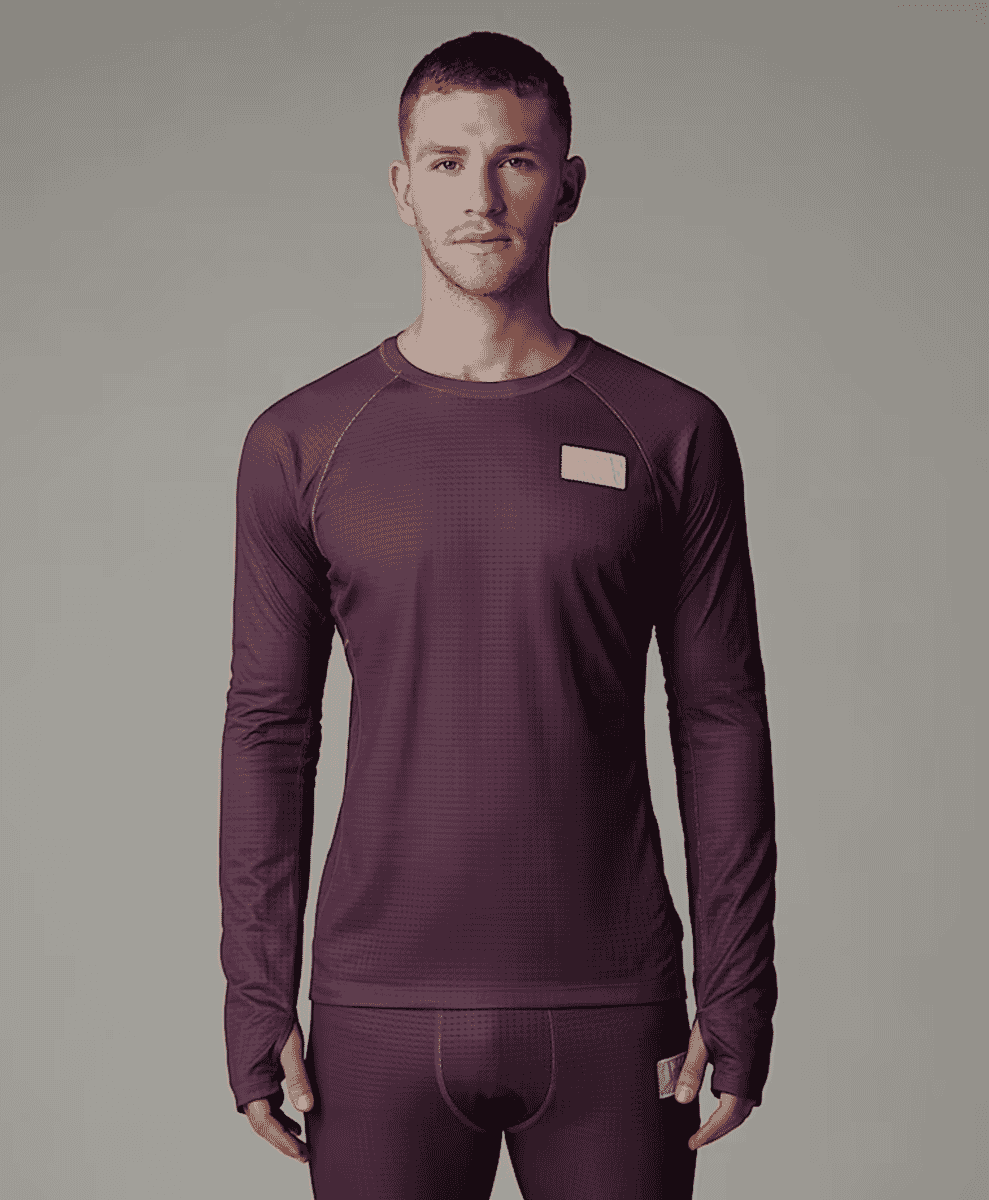
Snow don’ts: What to avoid
There’s a lot that can go wrong in snowy conditions, so here’s what to steer clear of: - Cotton layers: They absorb moisture and freeze. Leave your cotton hoodies at home. - Non-waterproof shoes: Suede Chelsea boots in the snow? Disaster waiting to happen. - Overdoing bulk: Wearing all your warmest items at once will leave you overheating and immobile. Layer smarter, not heavier.
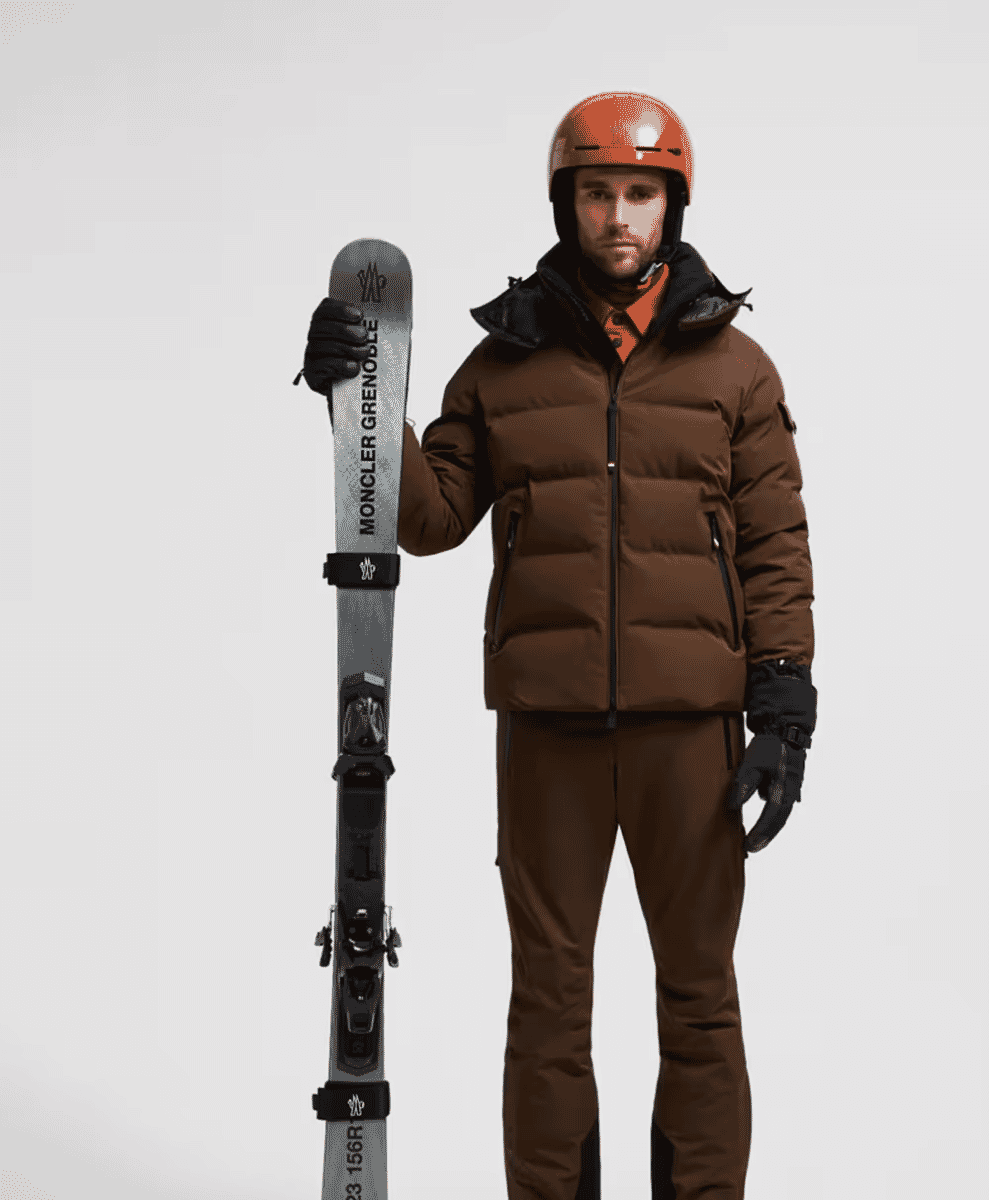
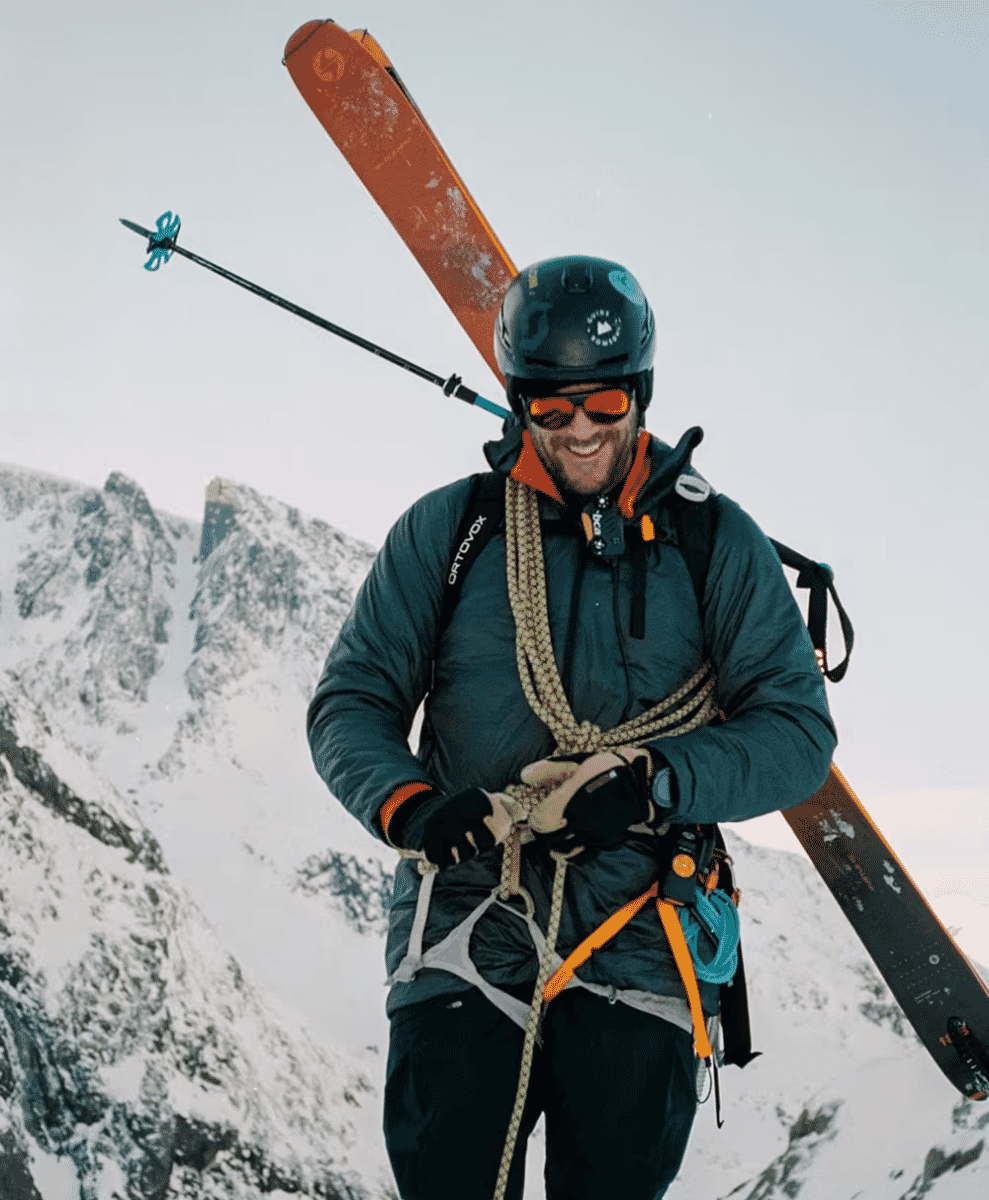
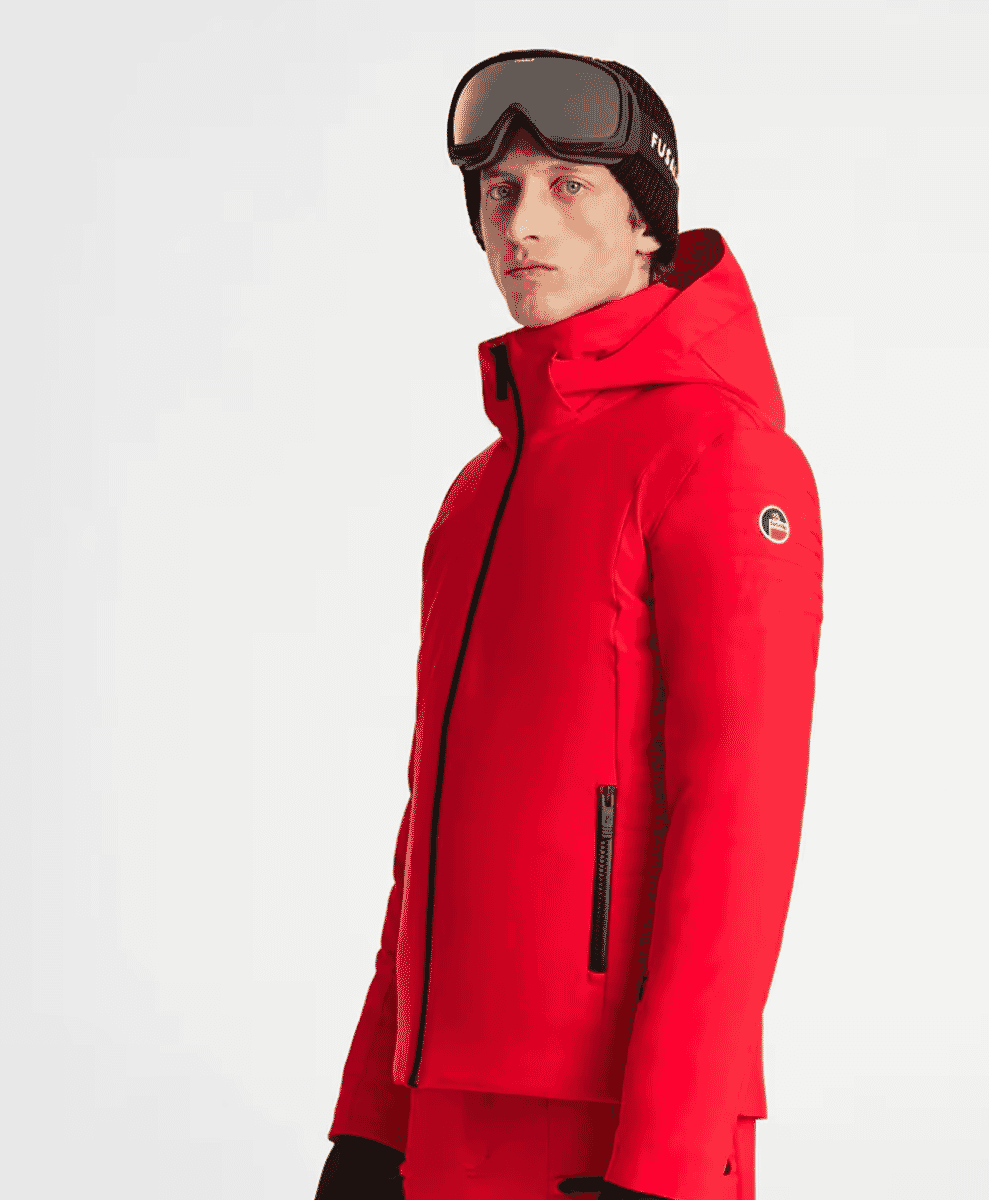
Caring for your snow gear
Snow gear is an investment, and like any good investment, it needs maintenance. Clean your jacket regularly to keep its waterproof coating intact – most high-end outerwear brands provide care guides for their pieces. Waterproof your boots with a leather conditioner or spray, and store everything properly once the snow melts. This isn’t just about prolonging the life of your gear – it’s about making sure you’re ready to go when the next snow season hits.
Next up: The complete guide to après ski style for men.




